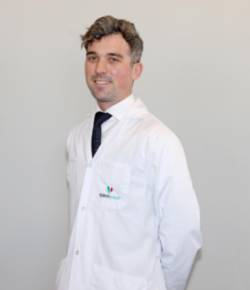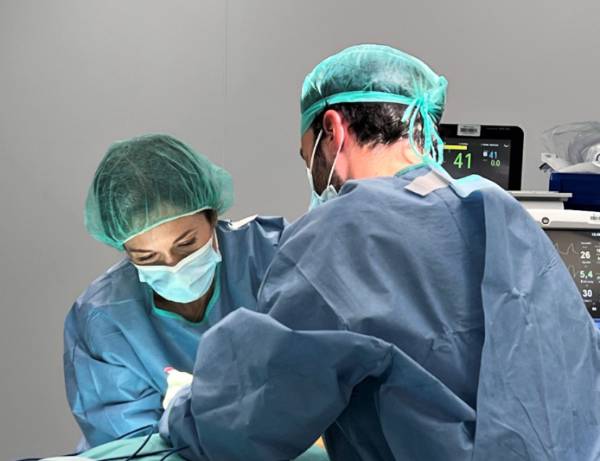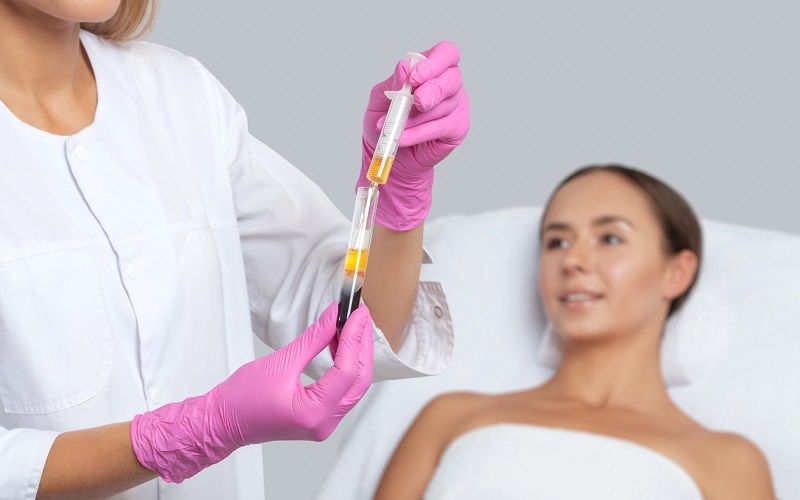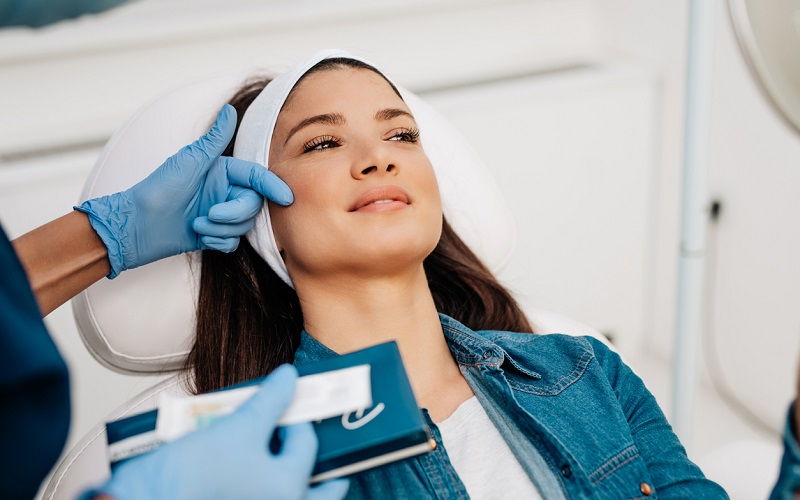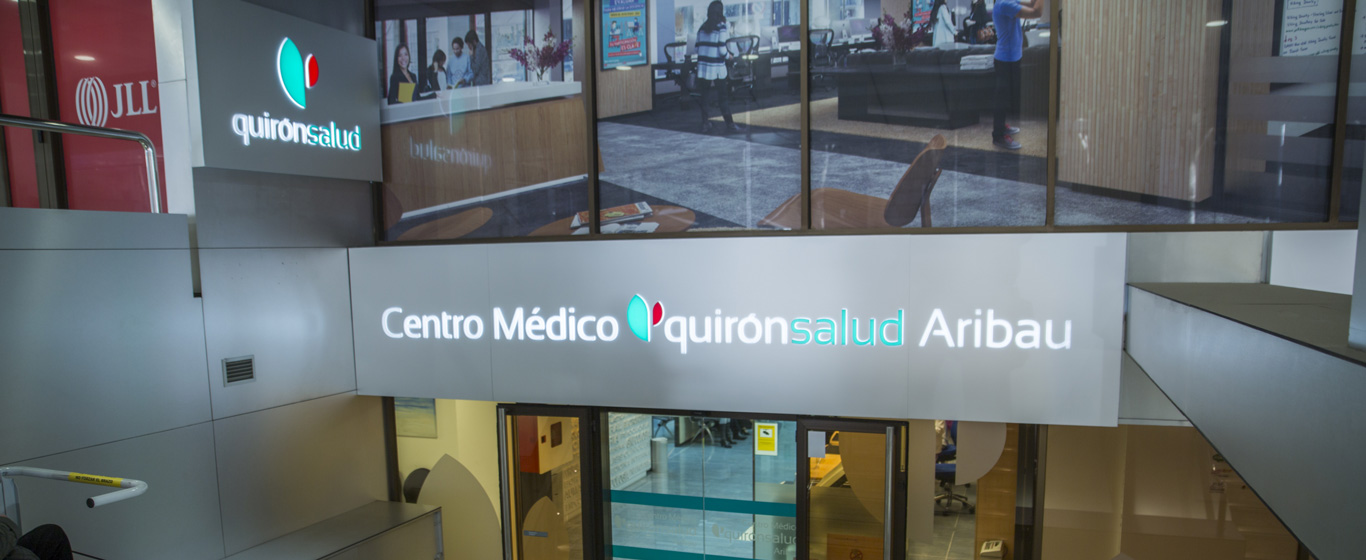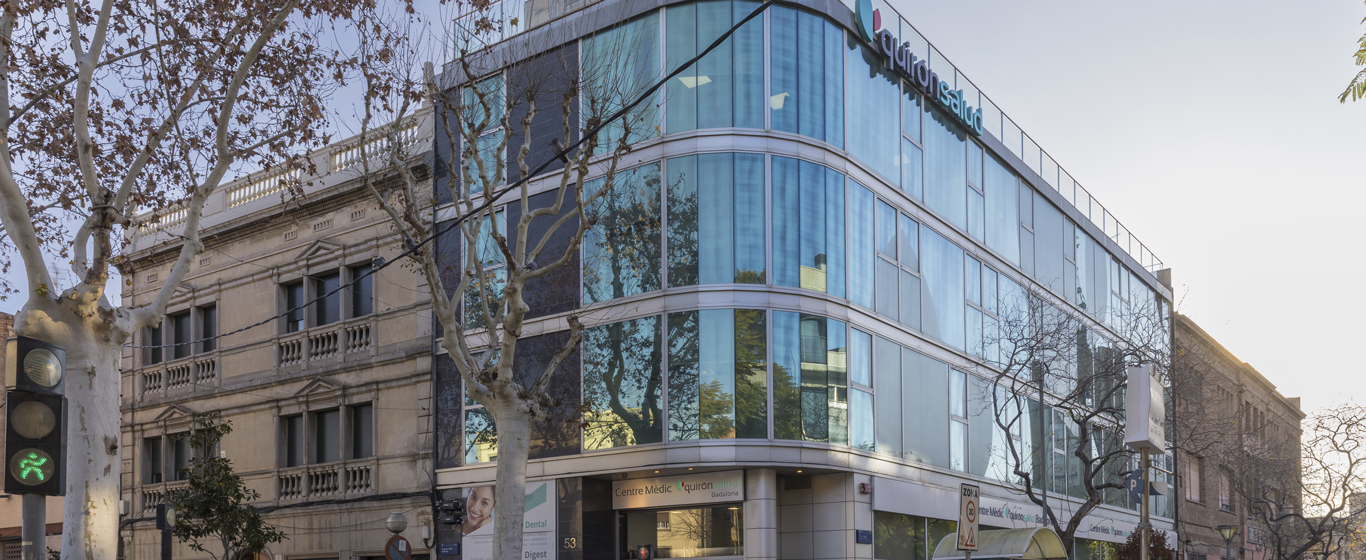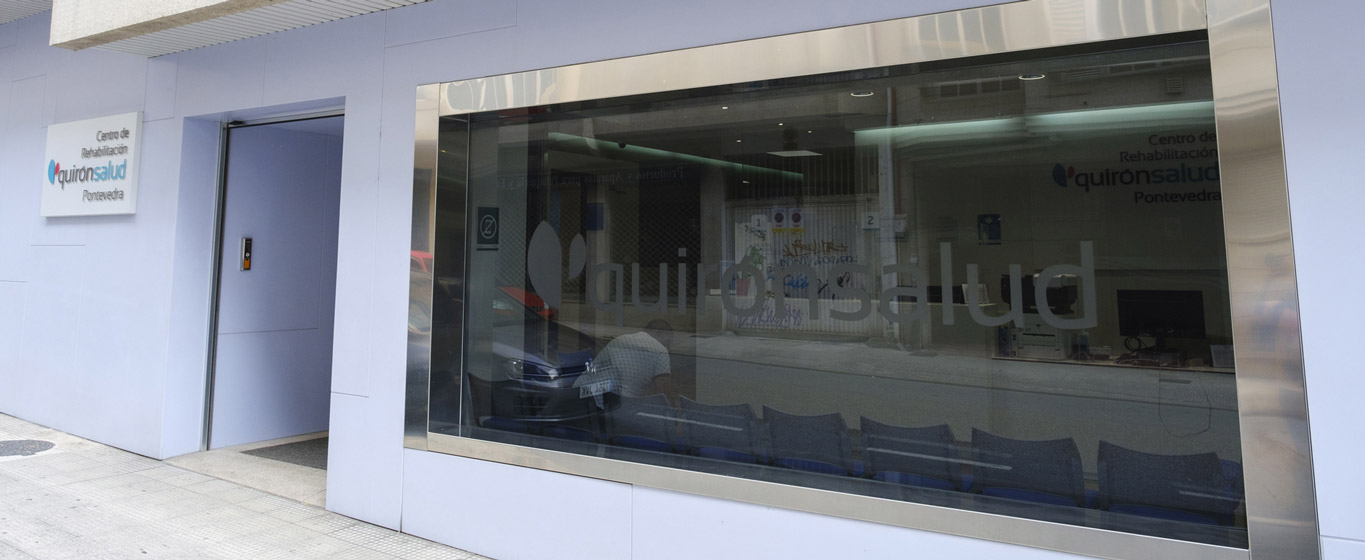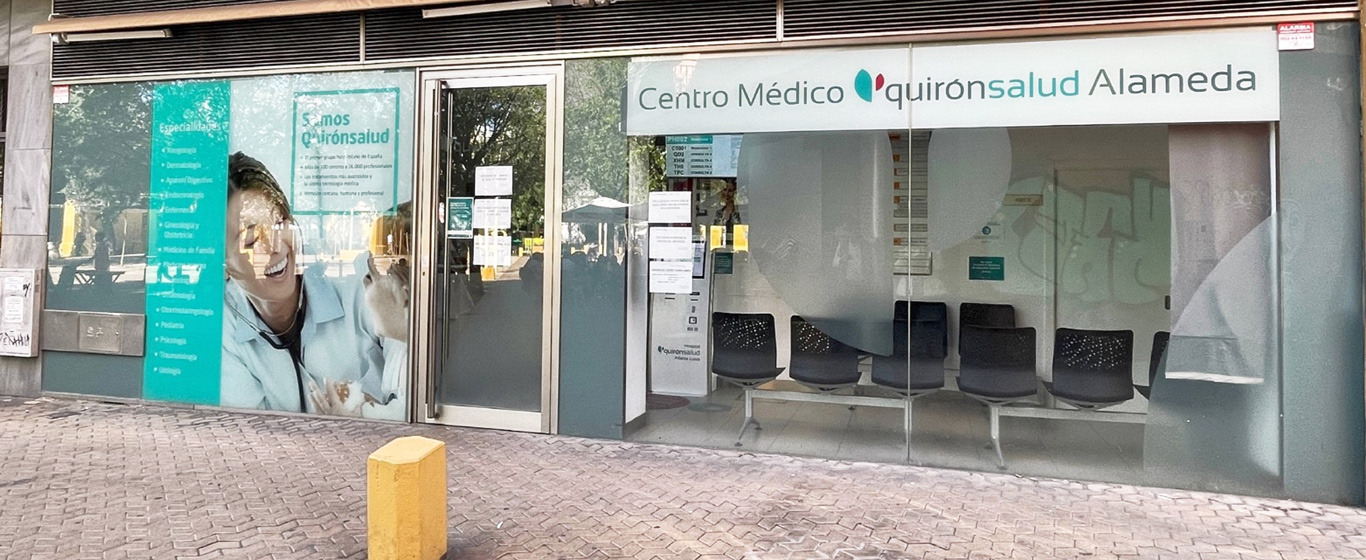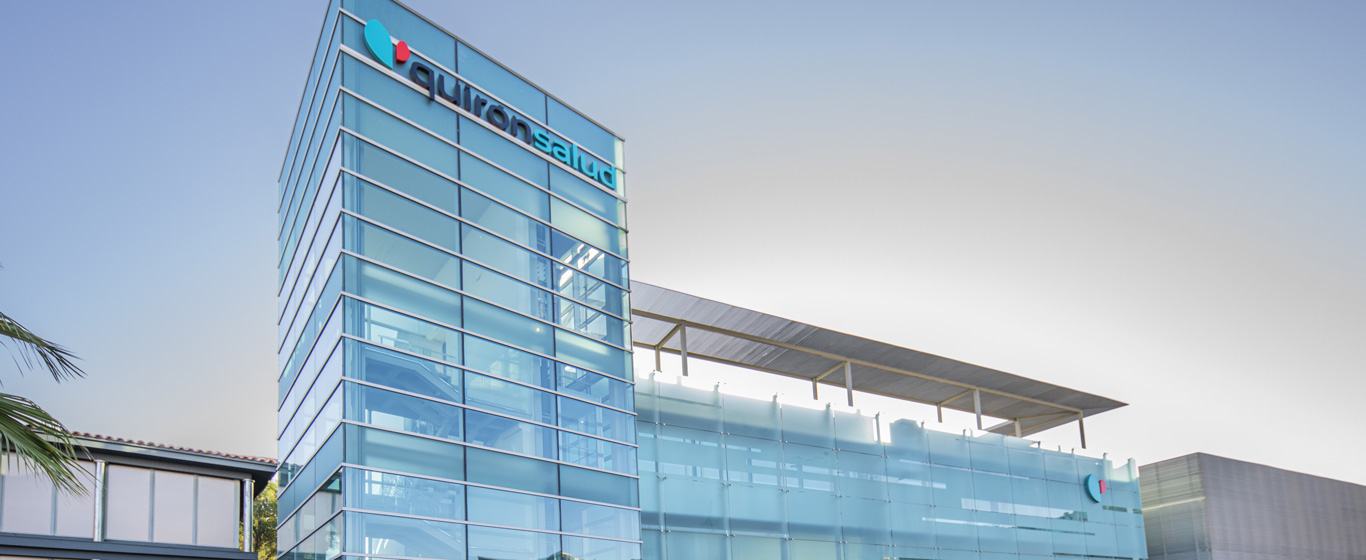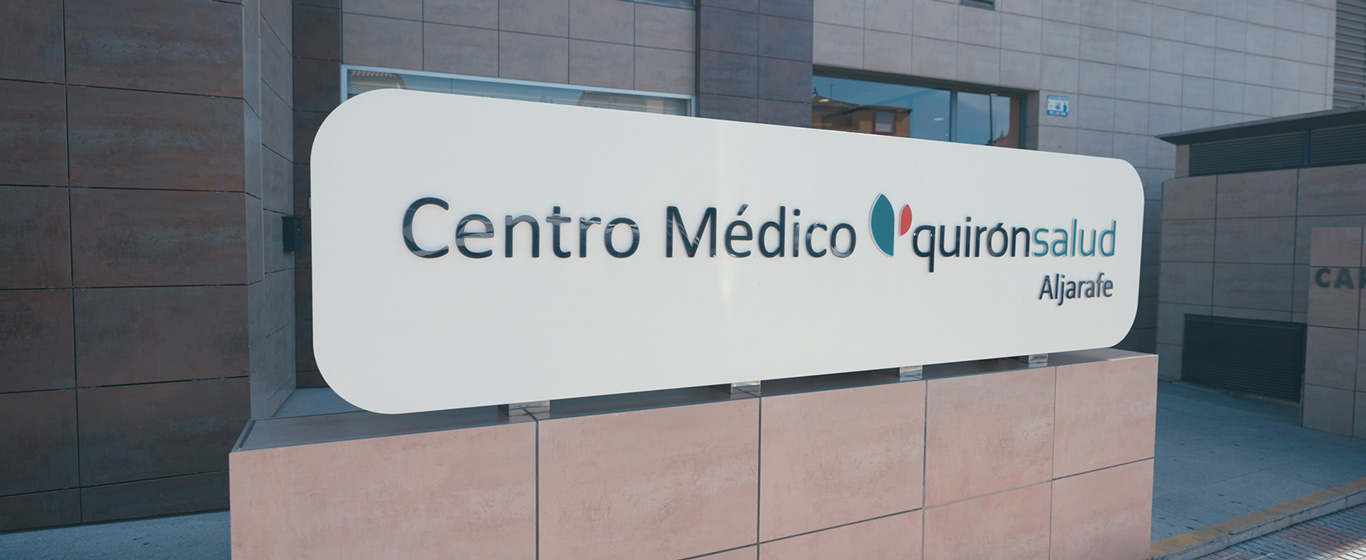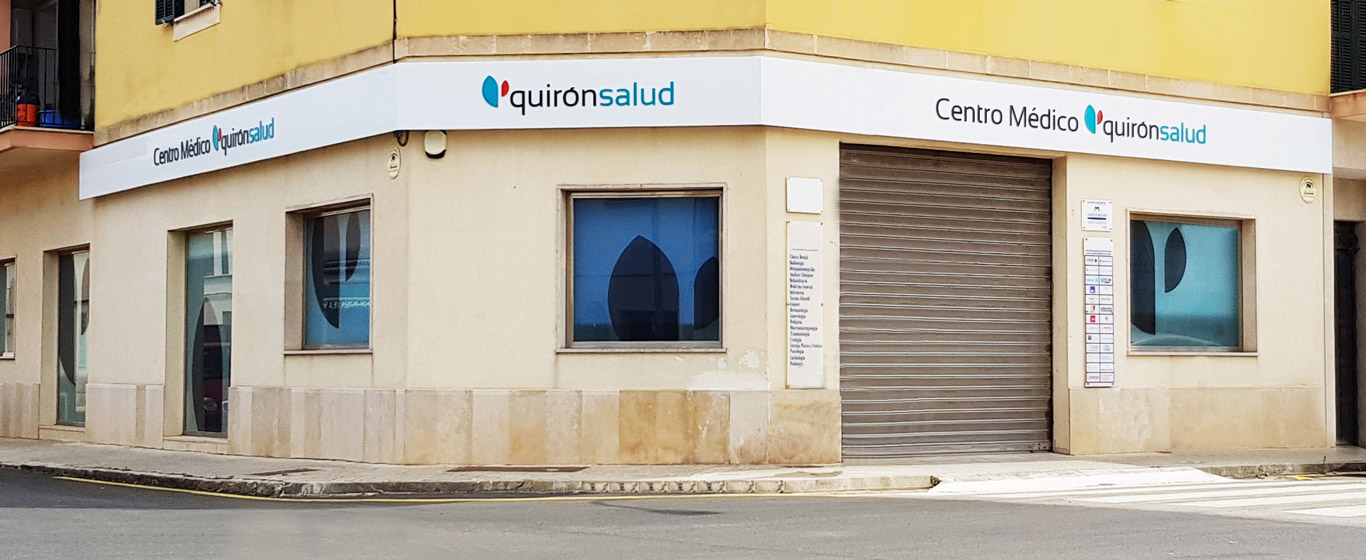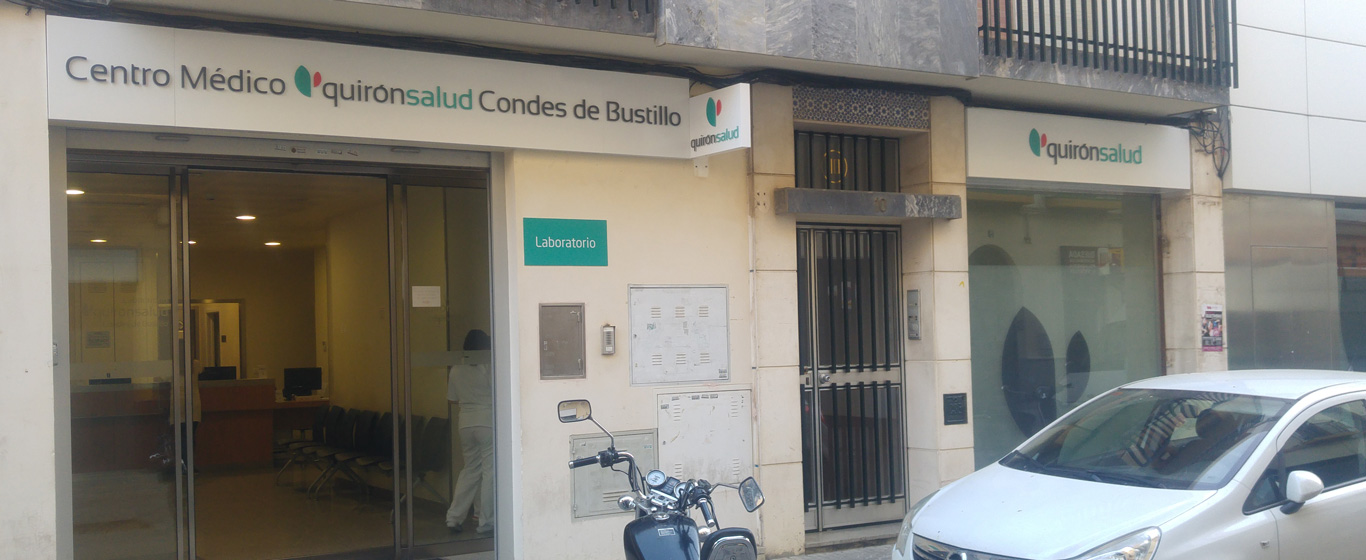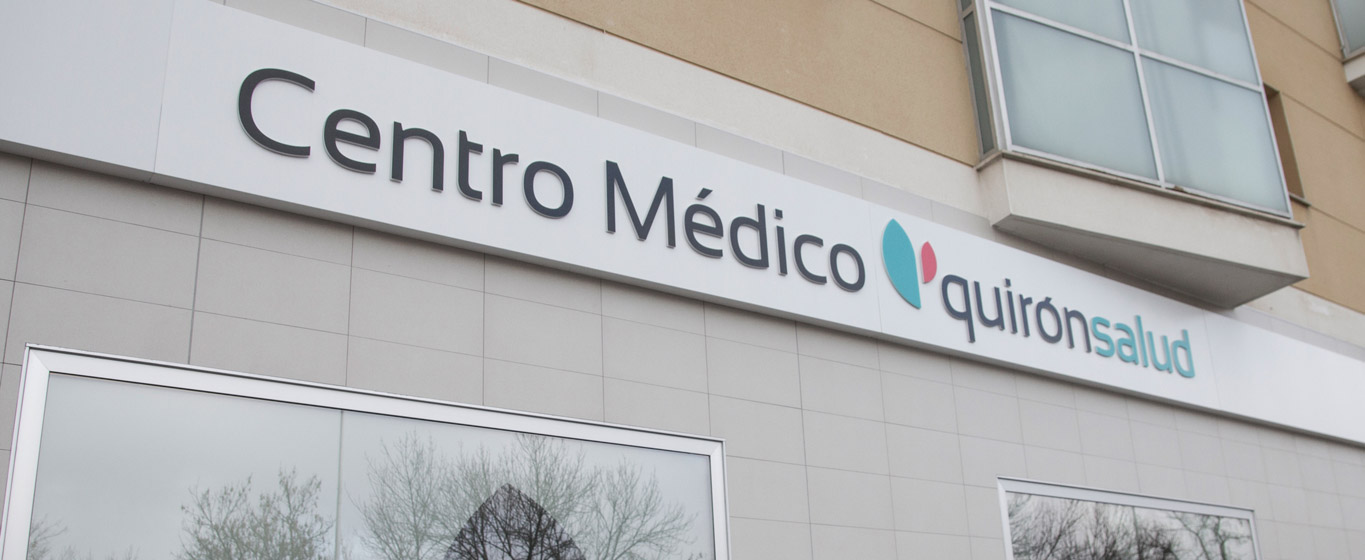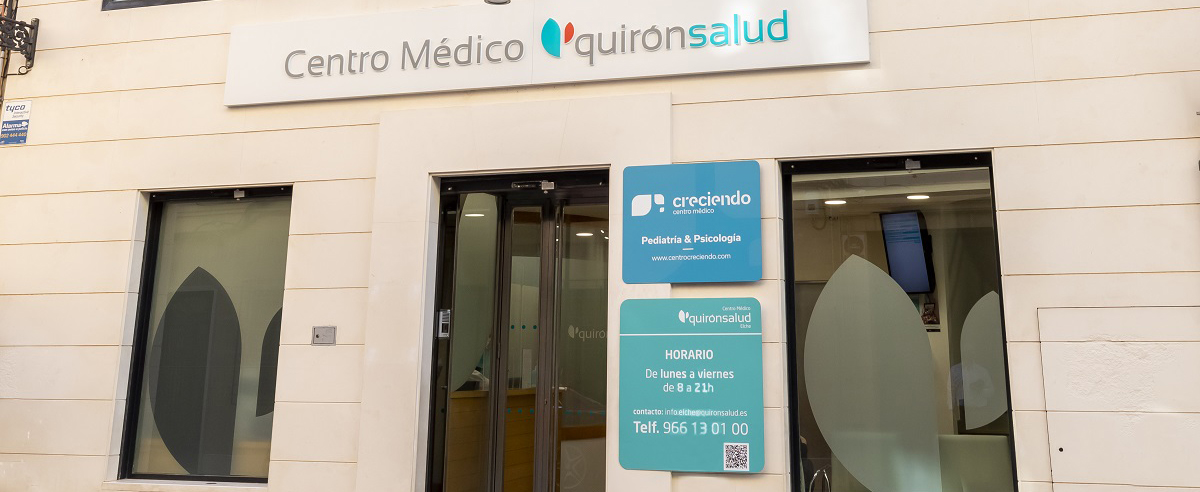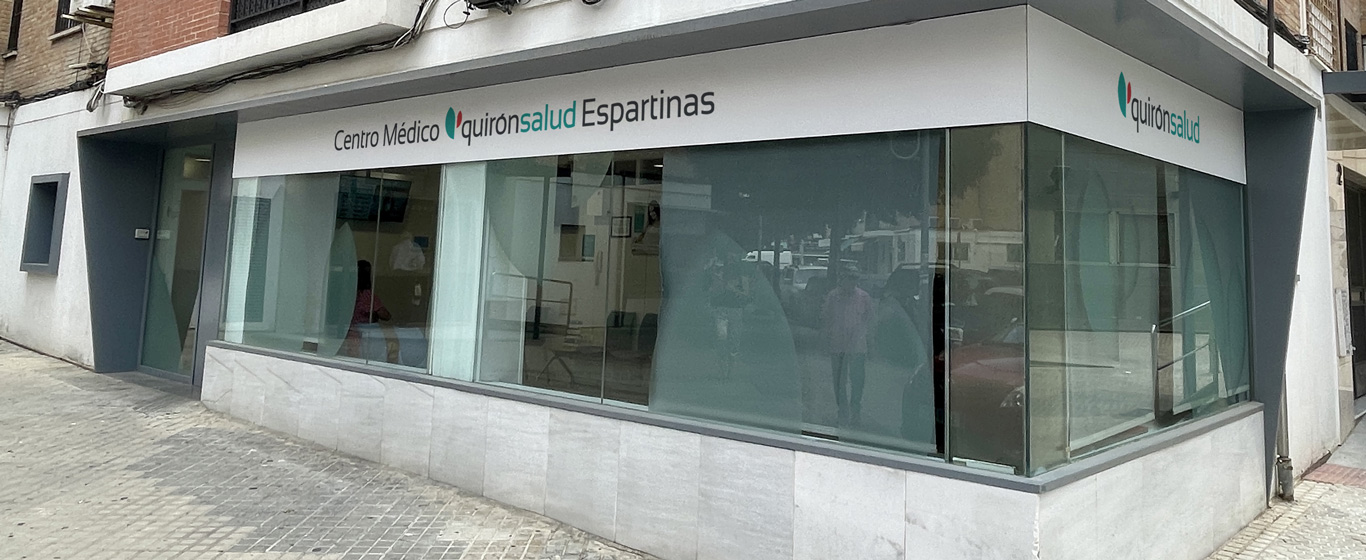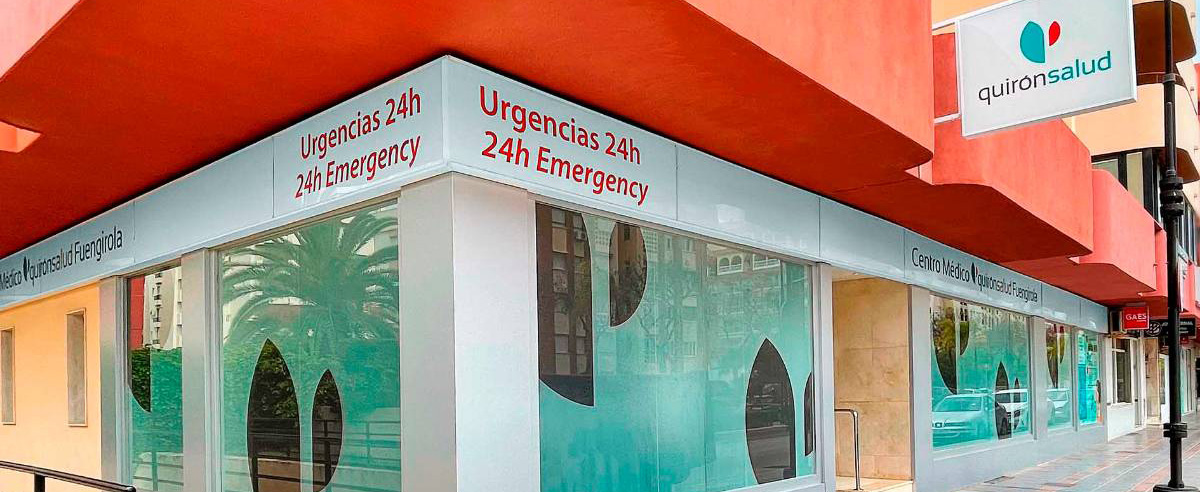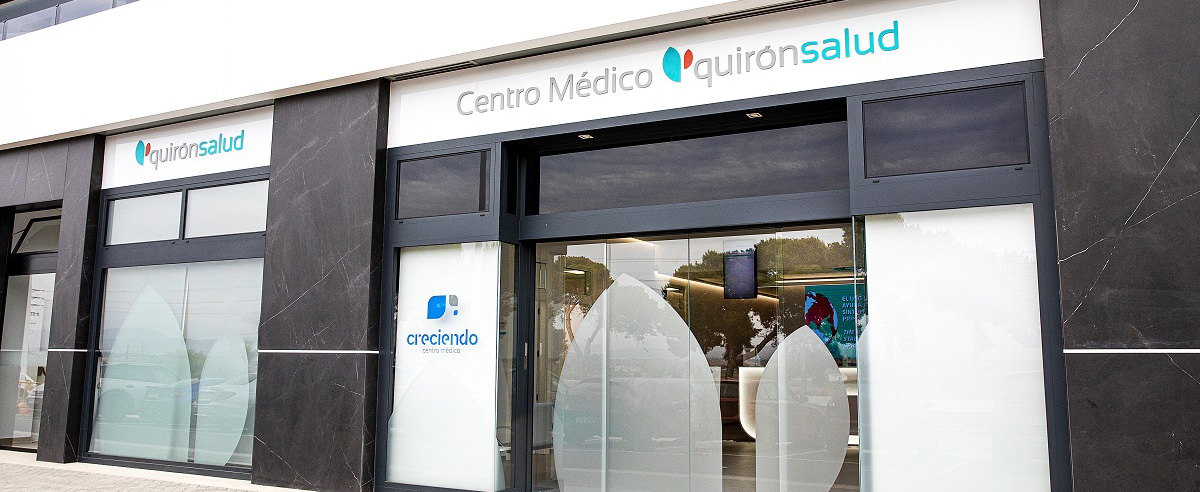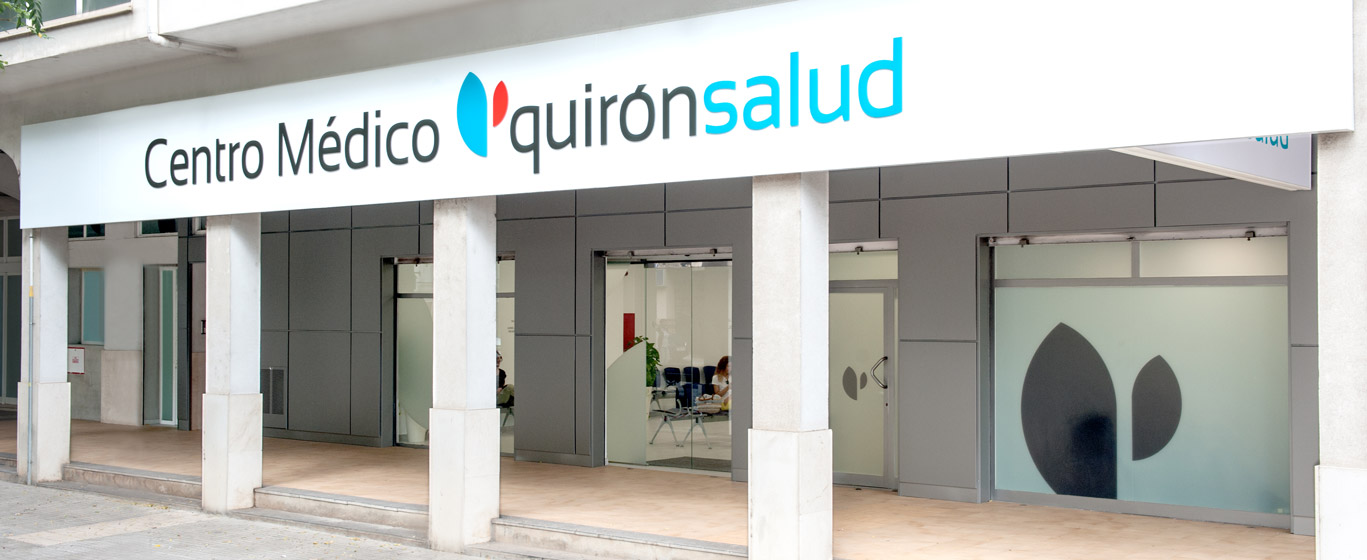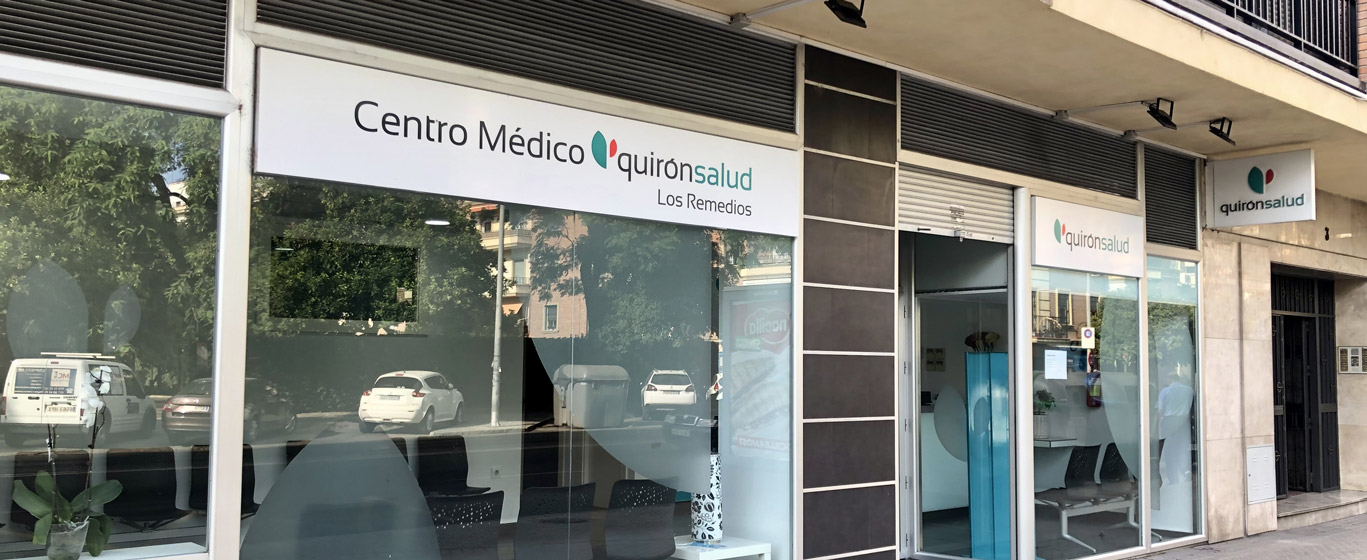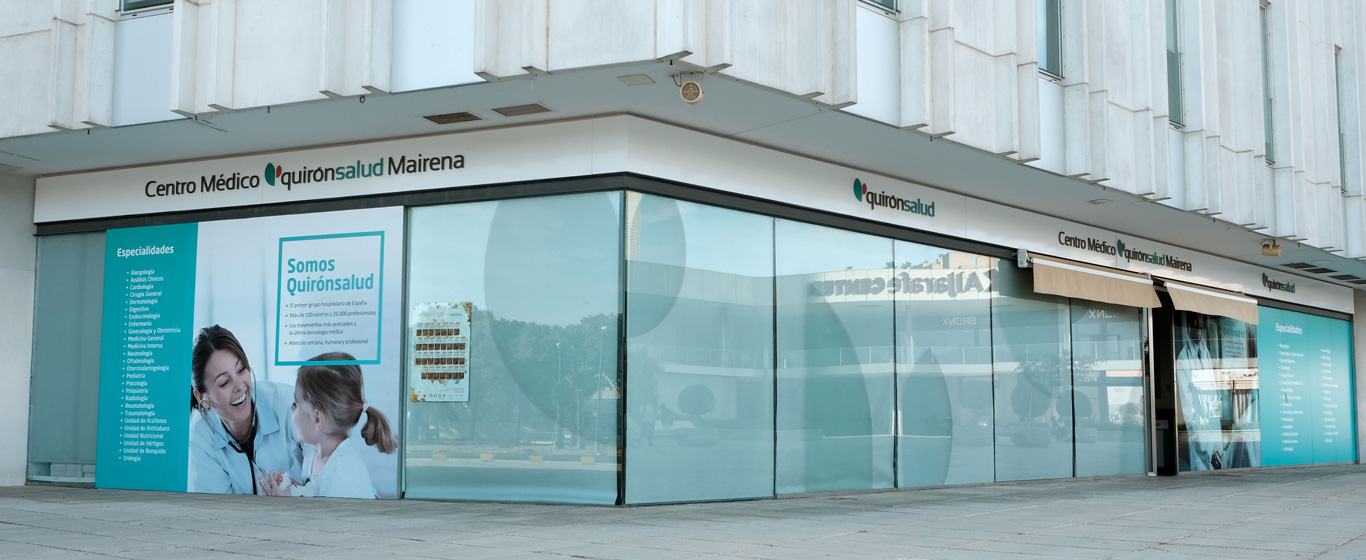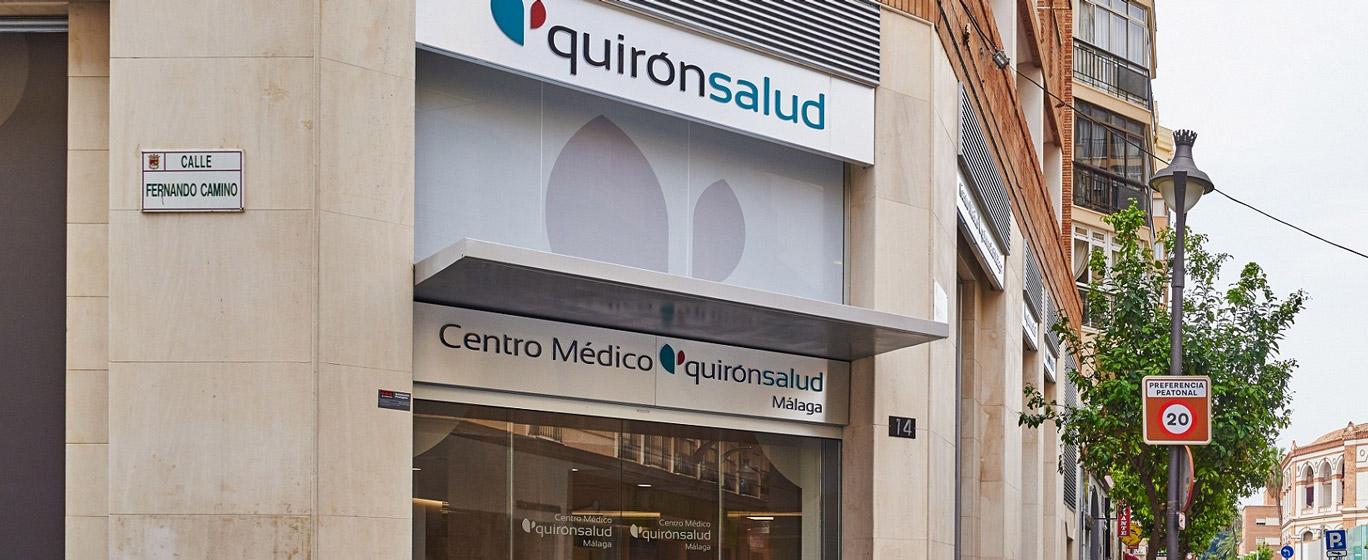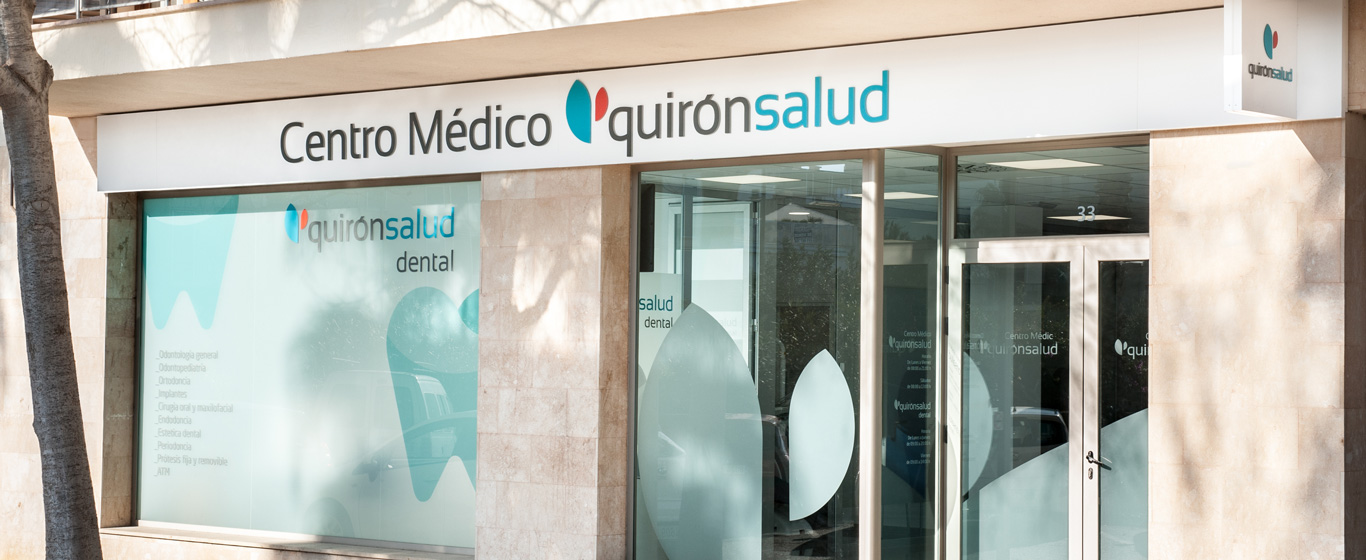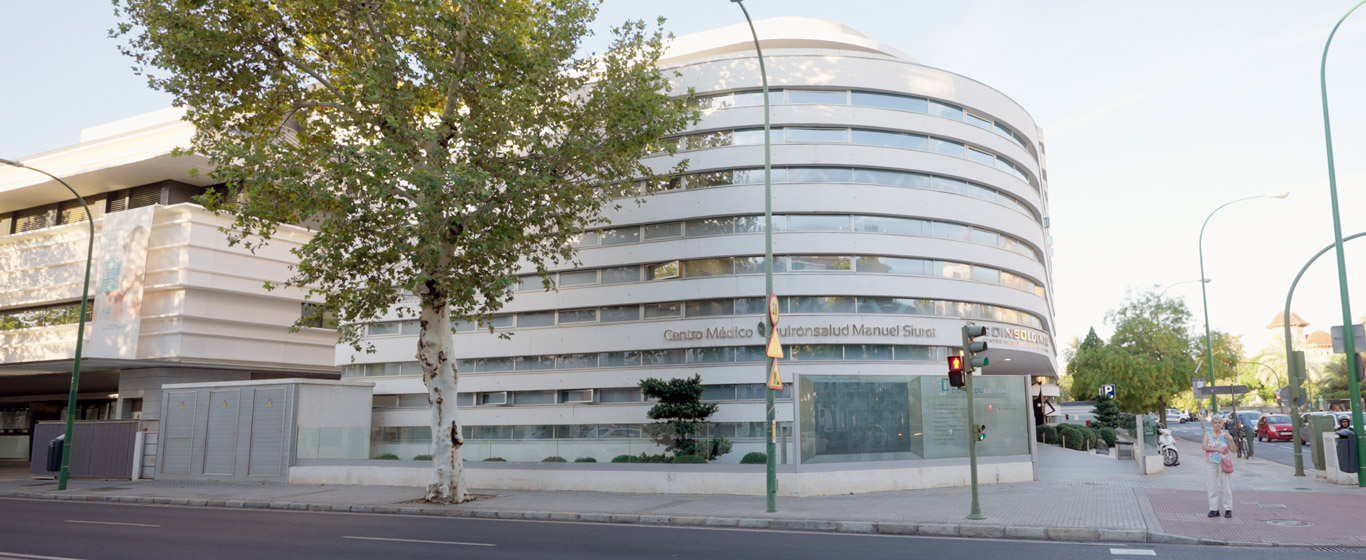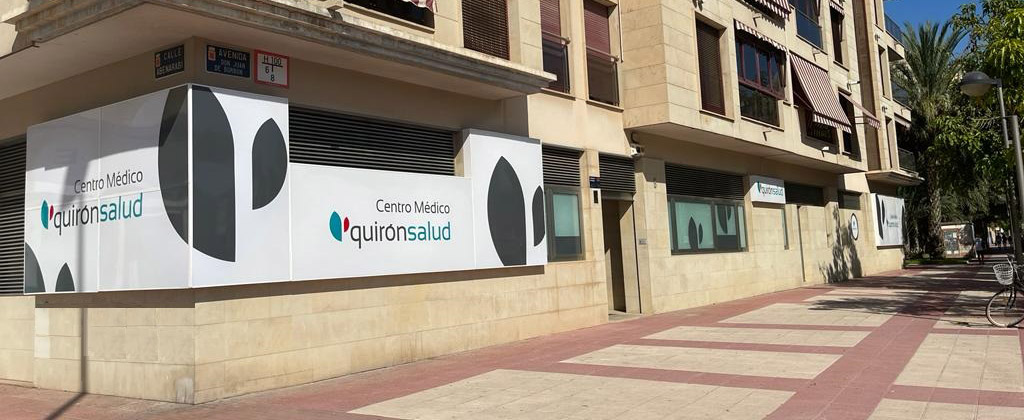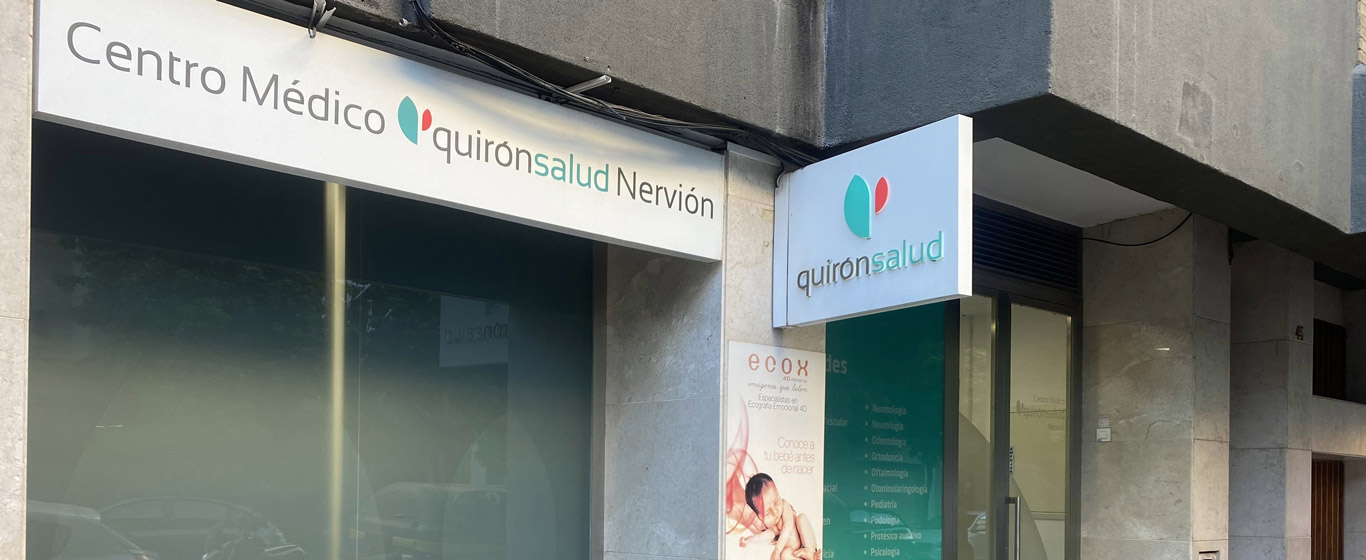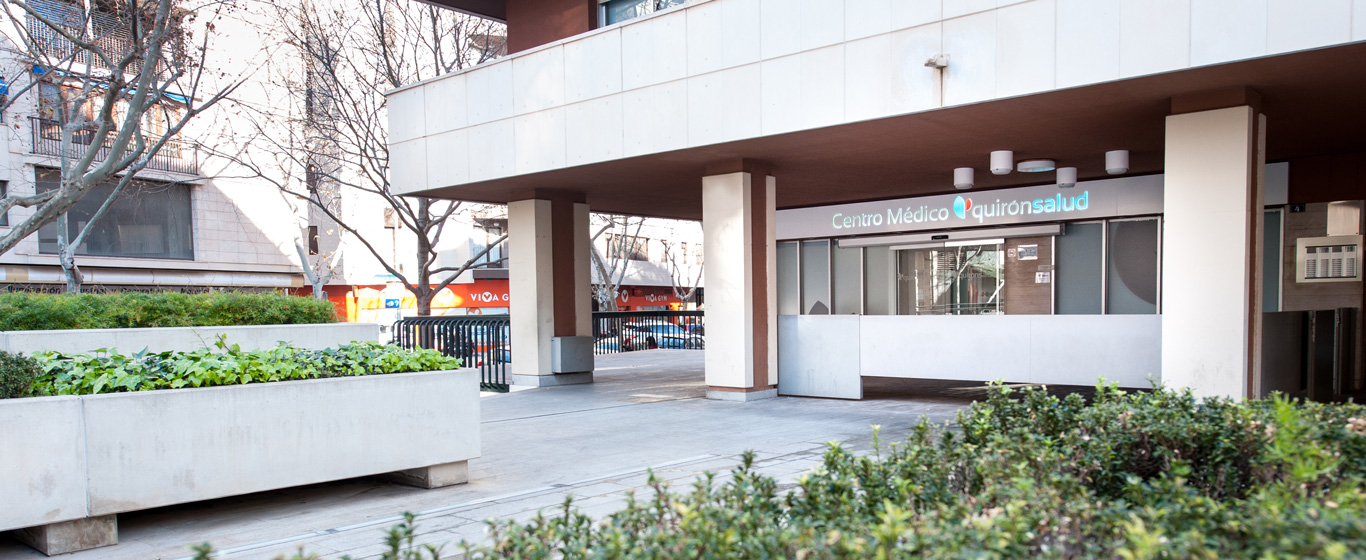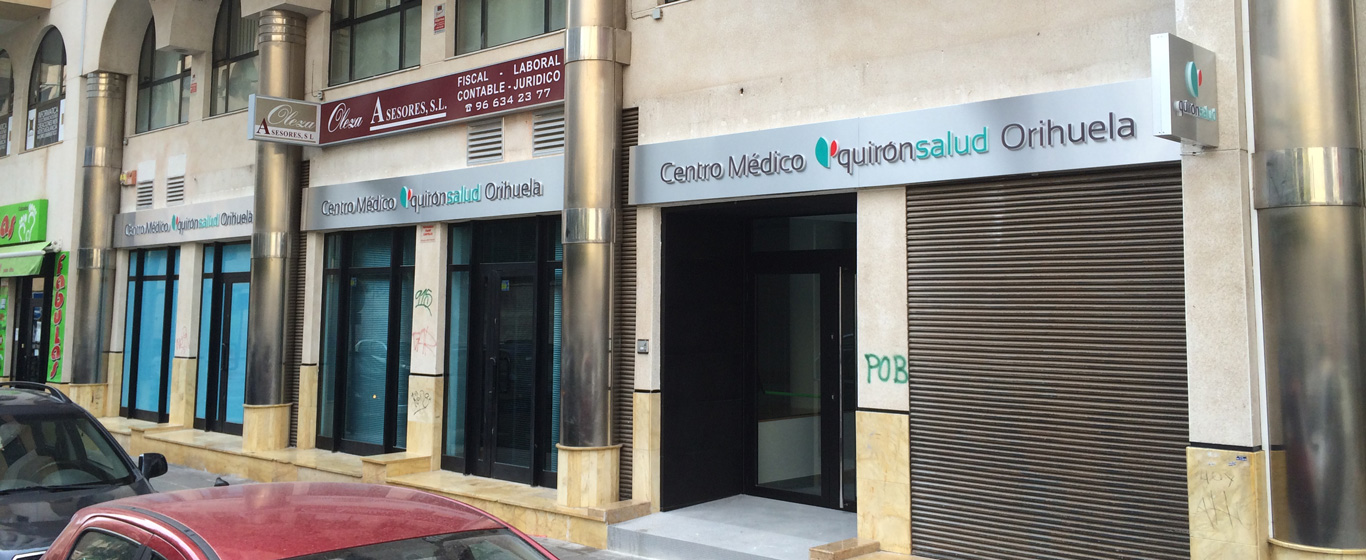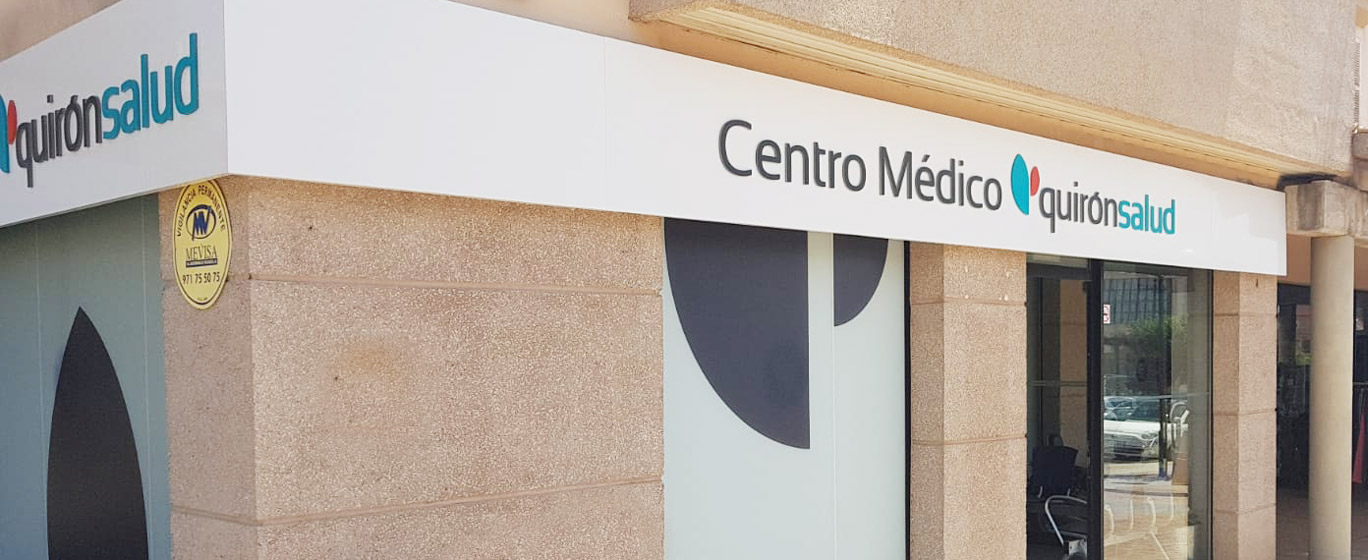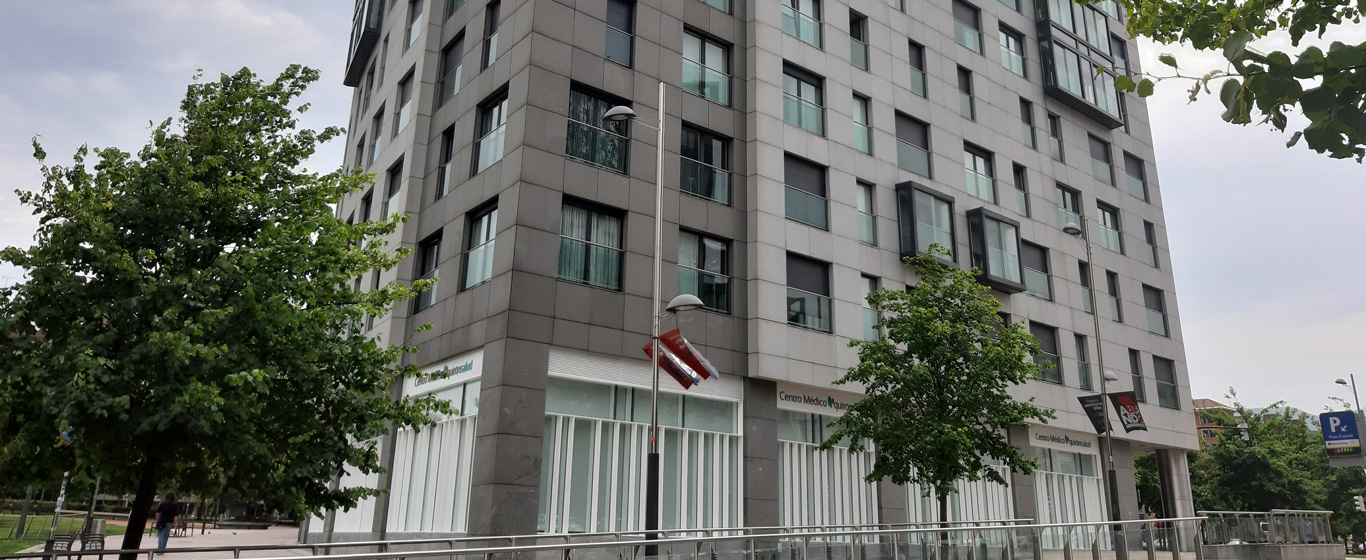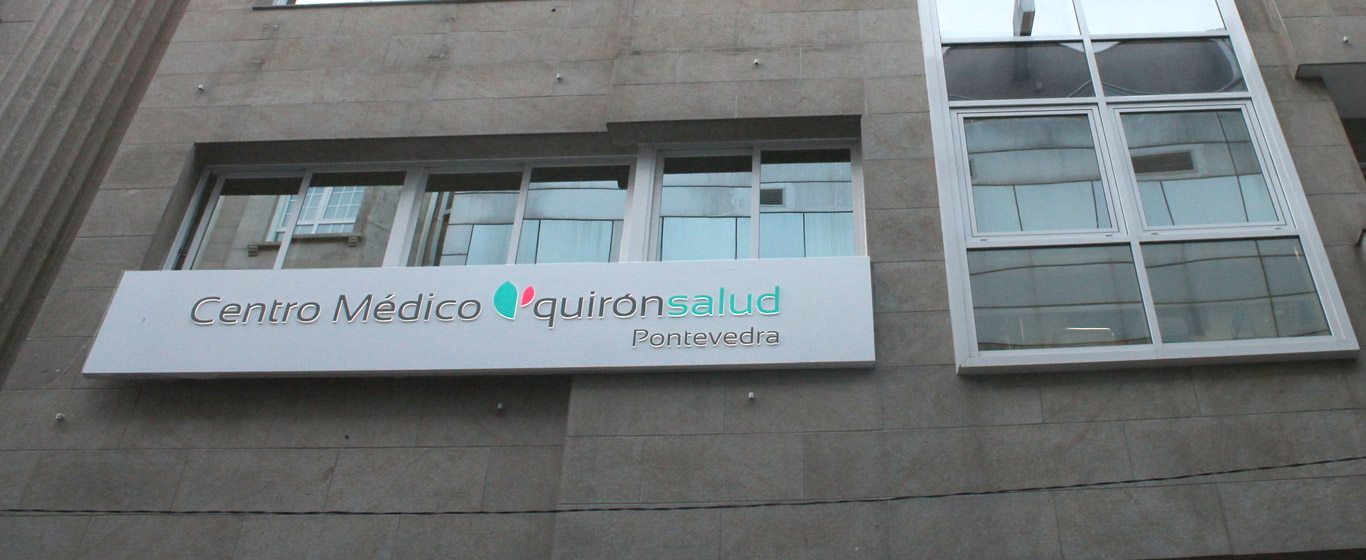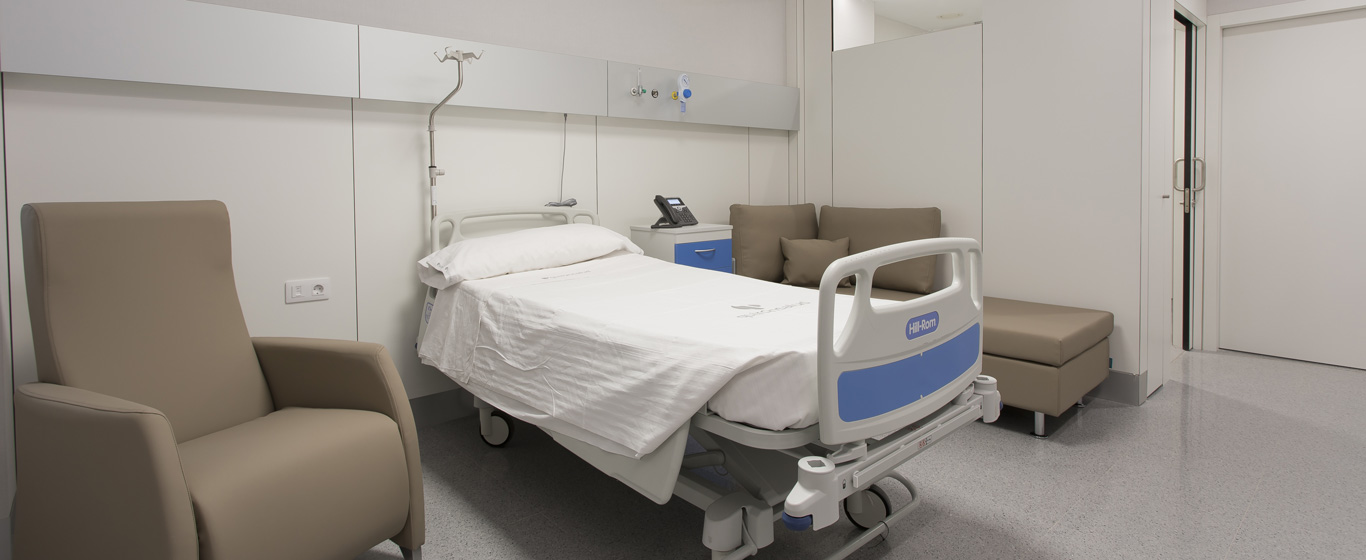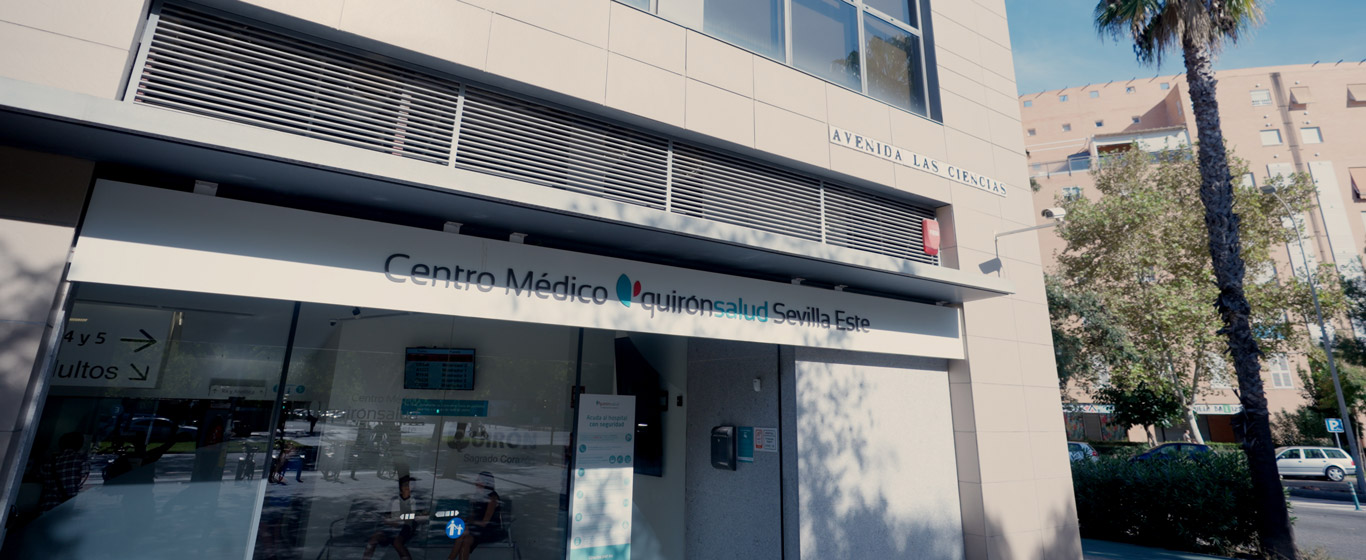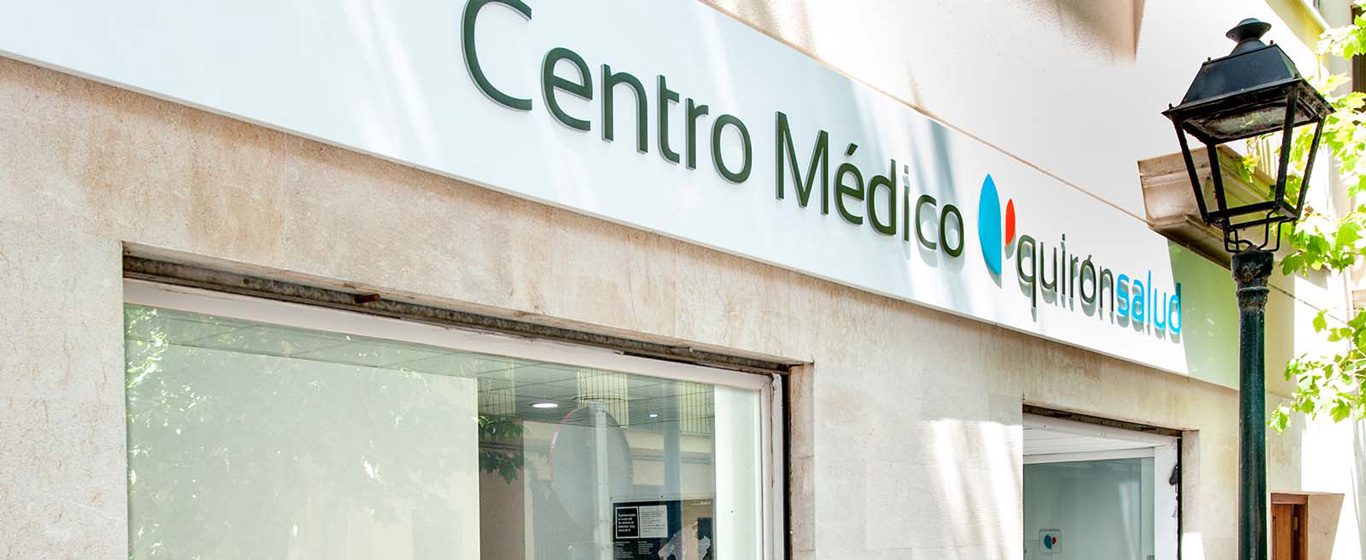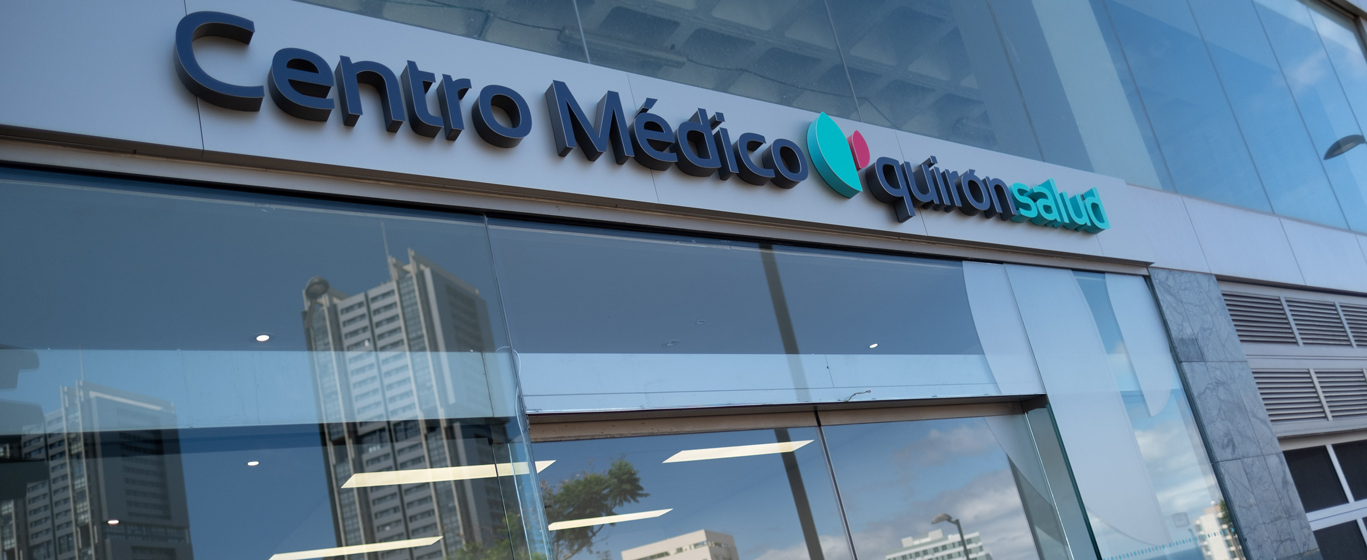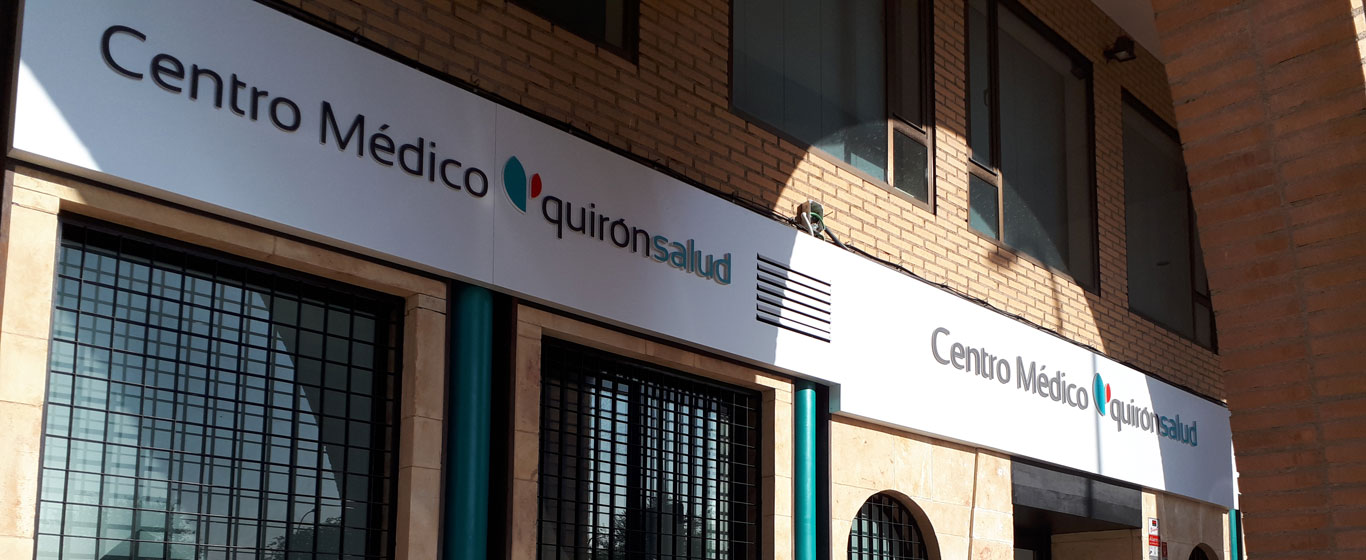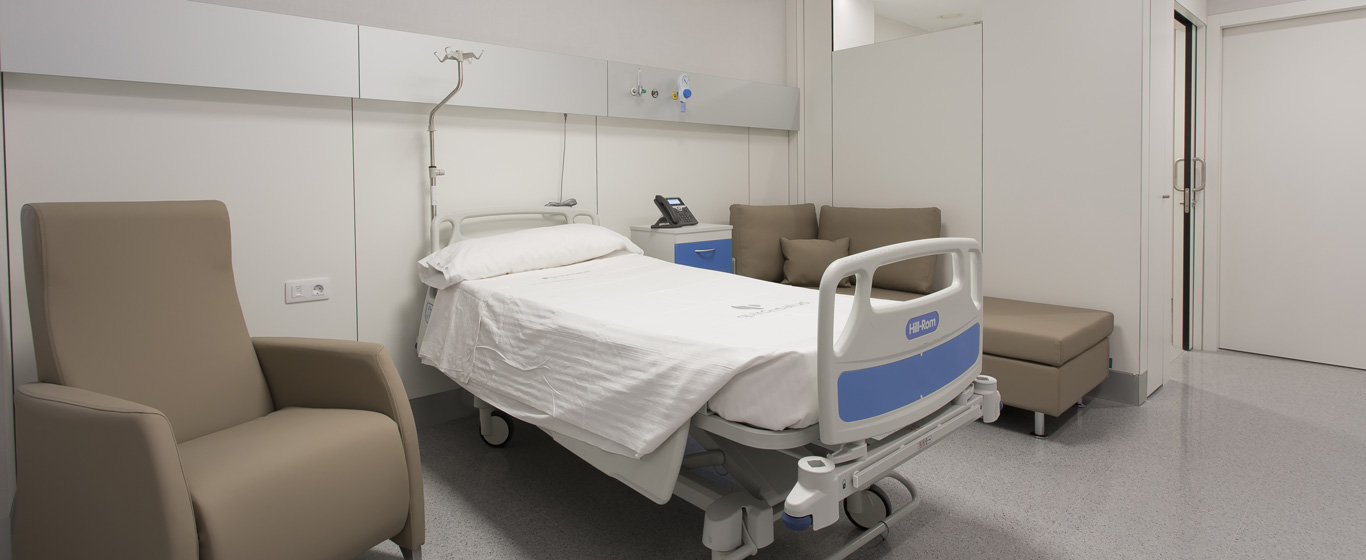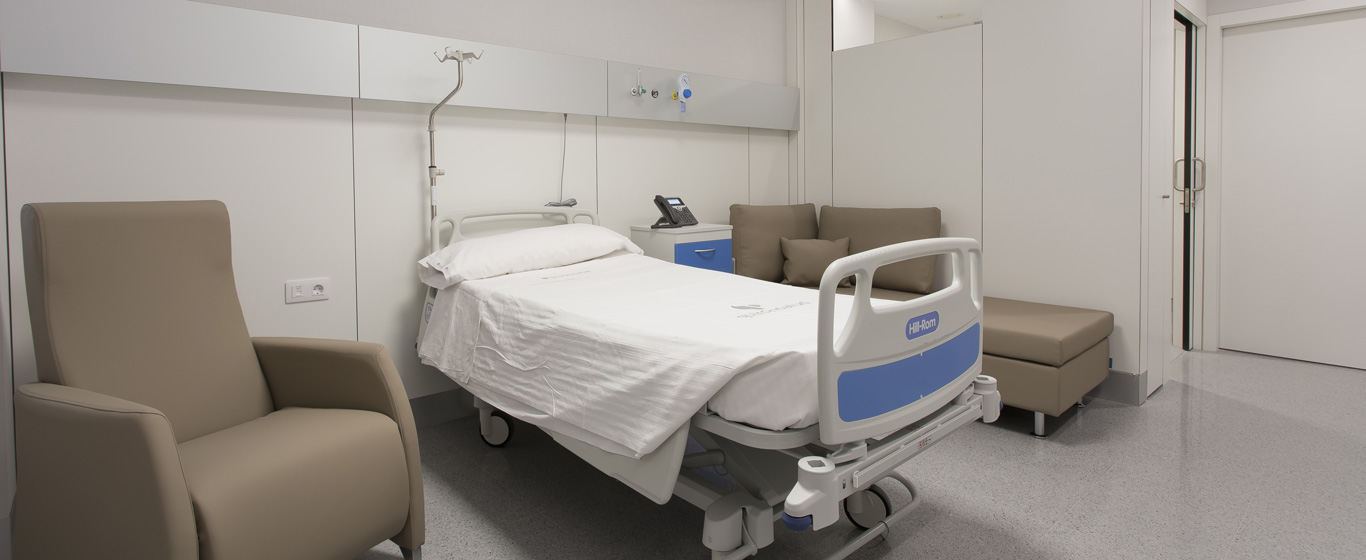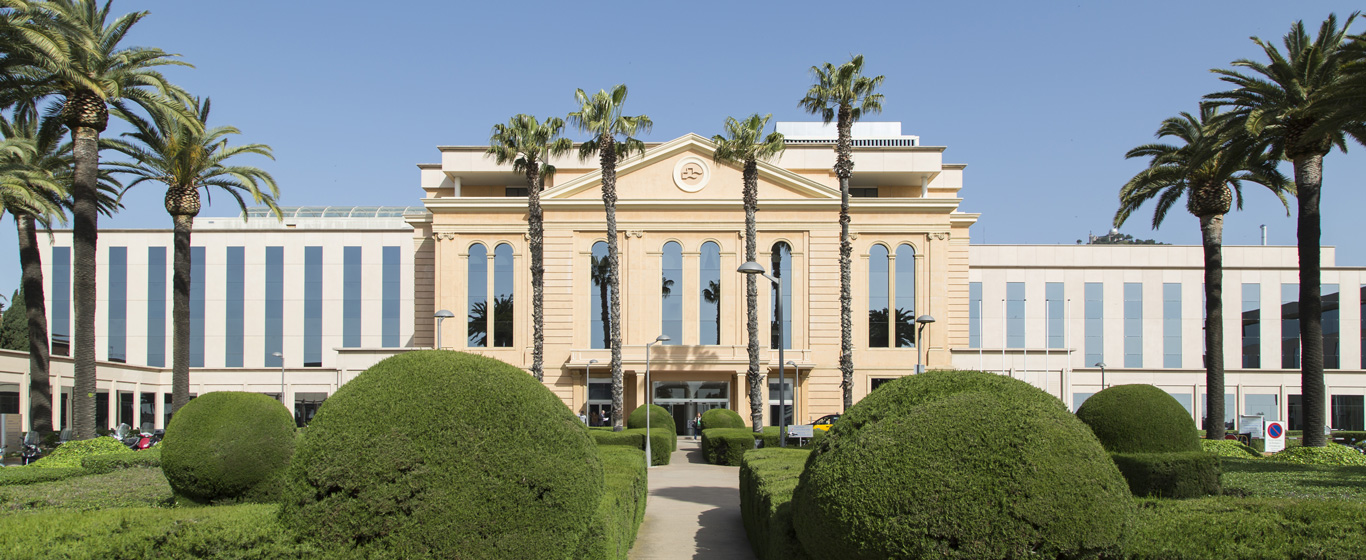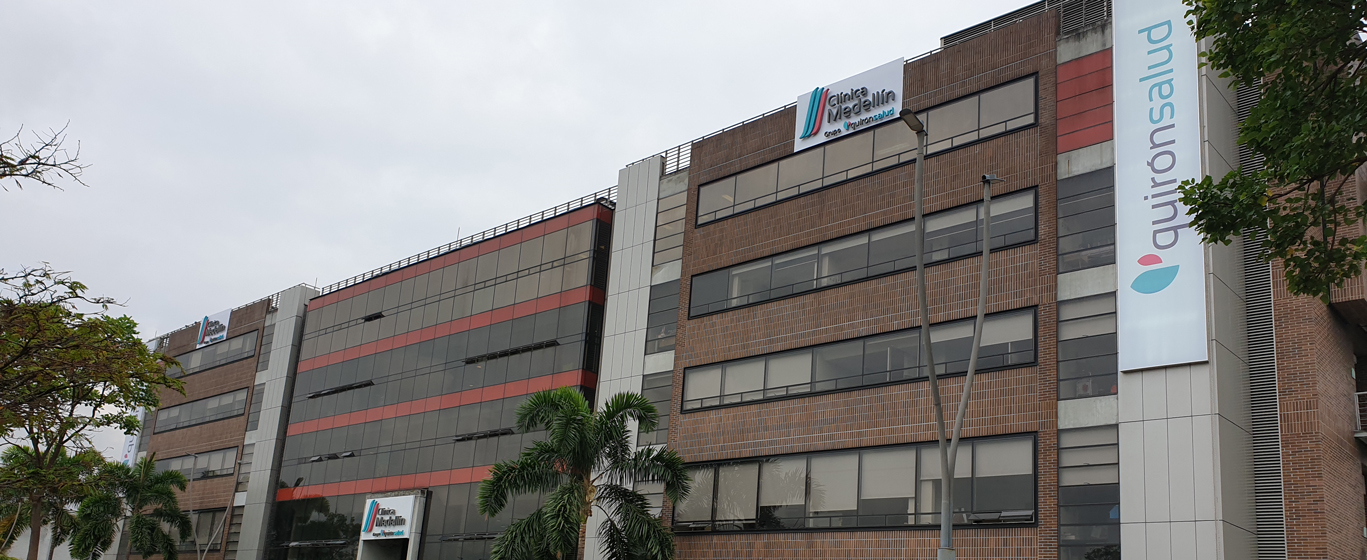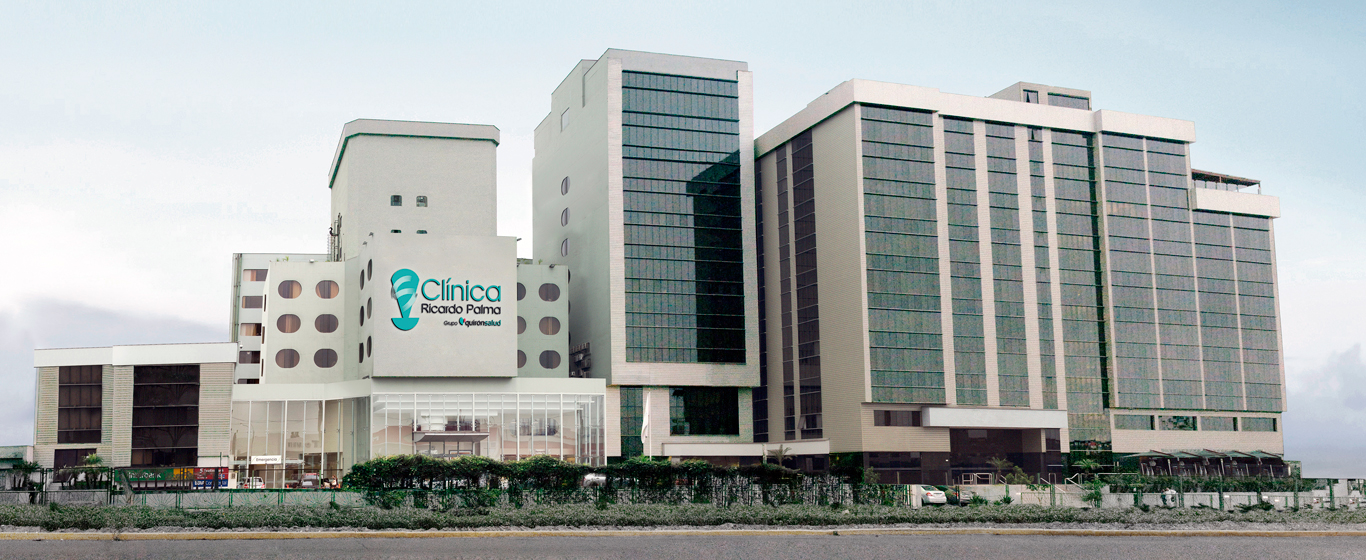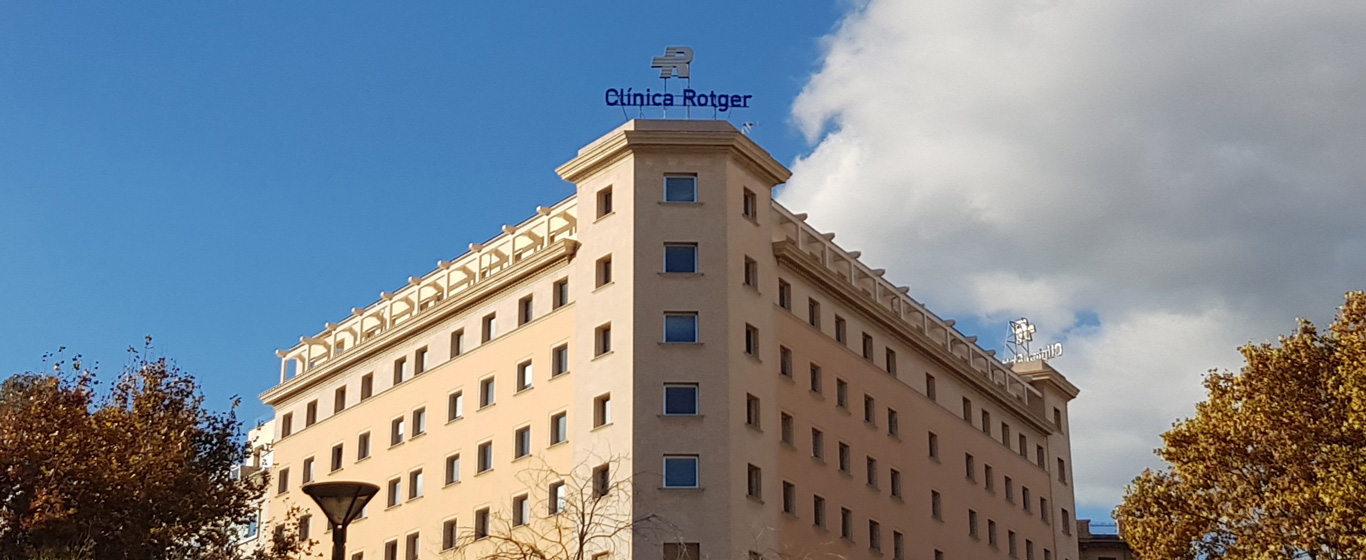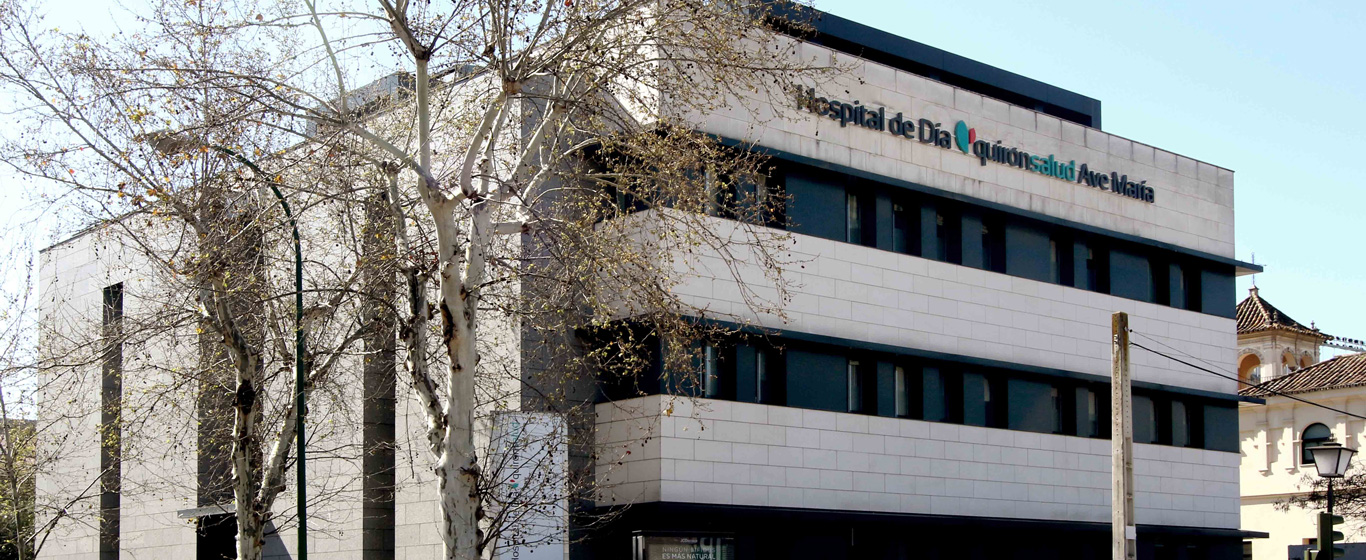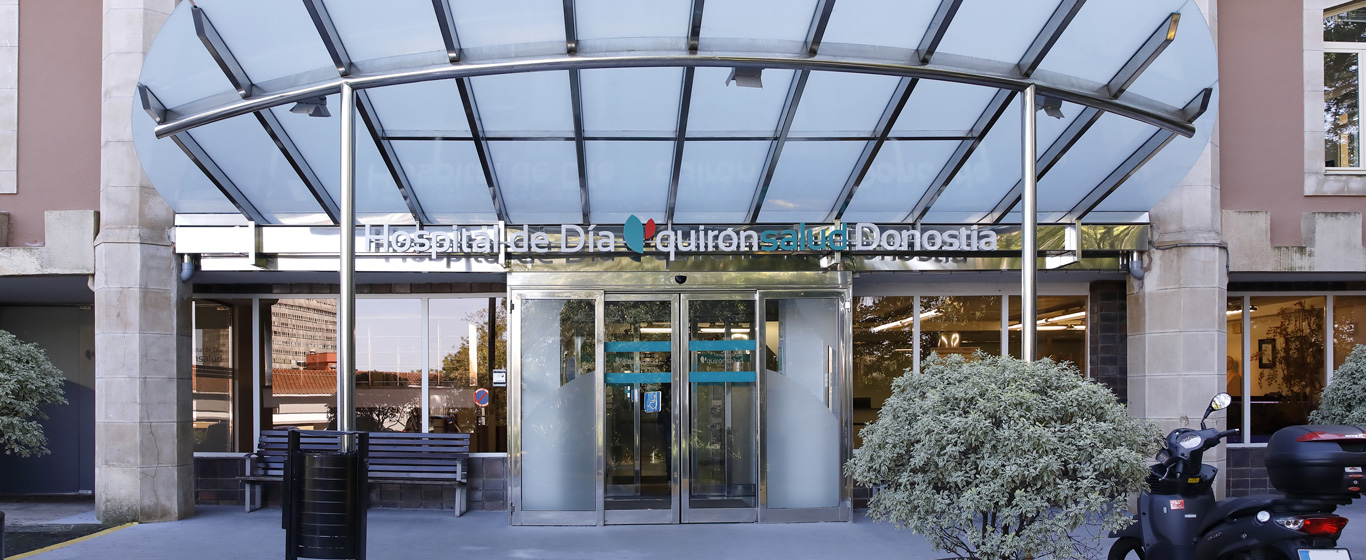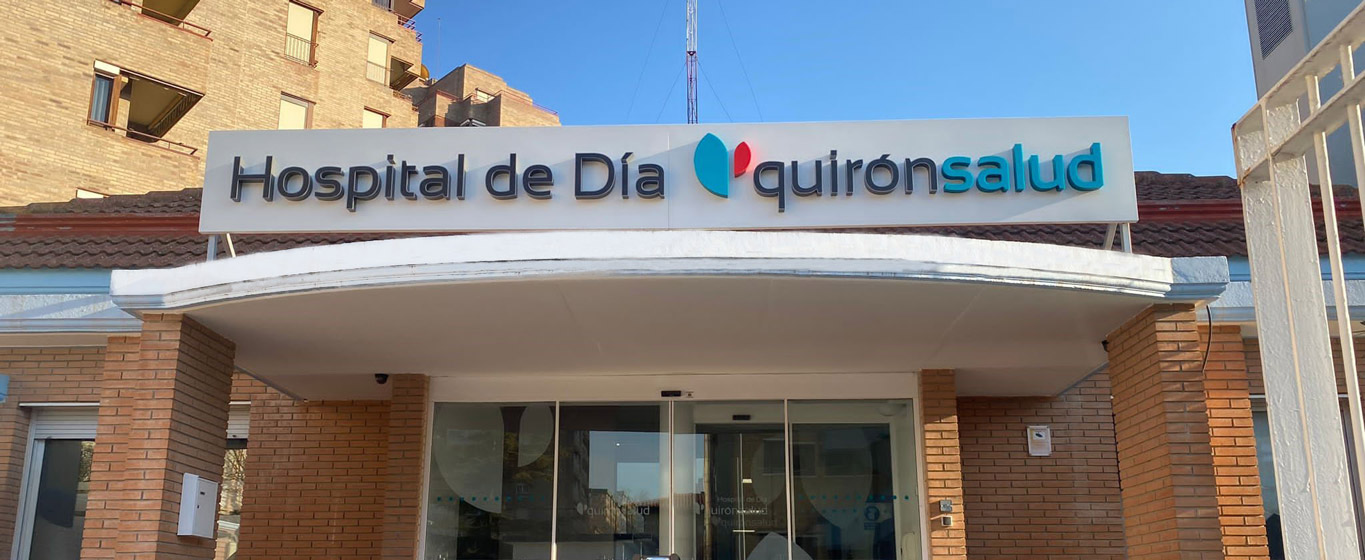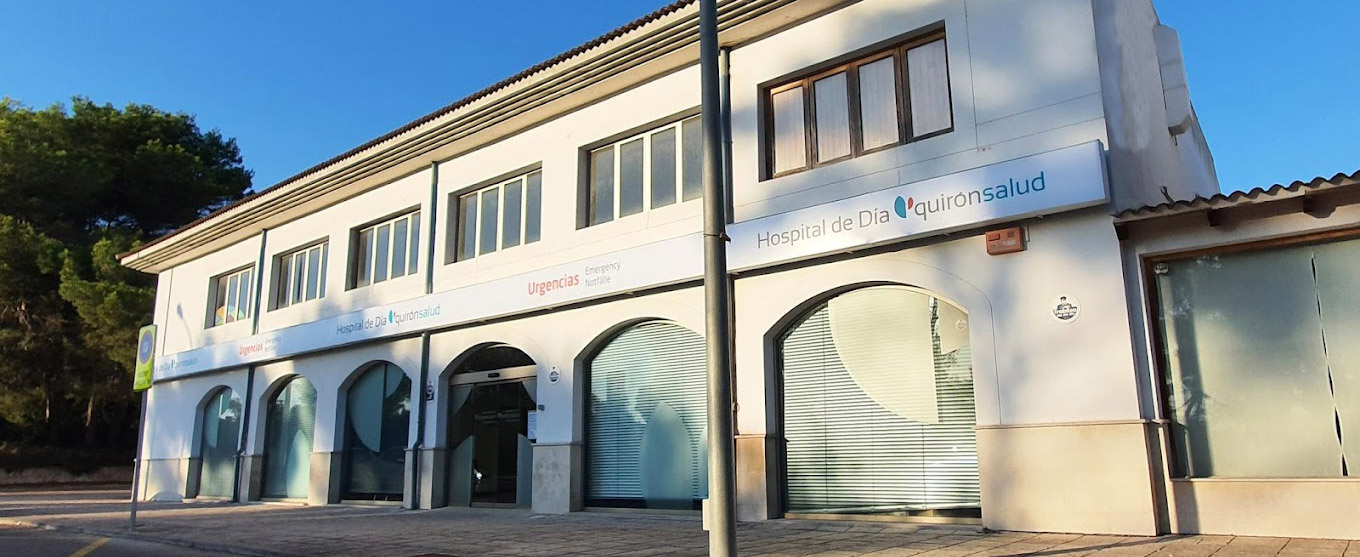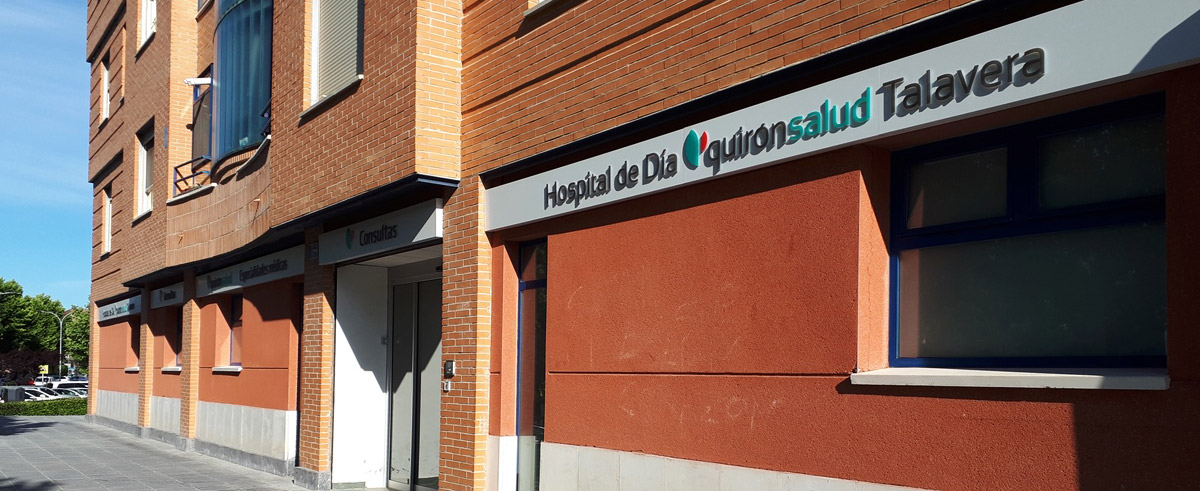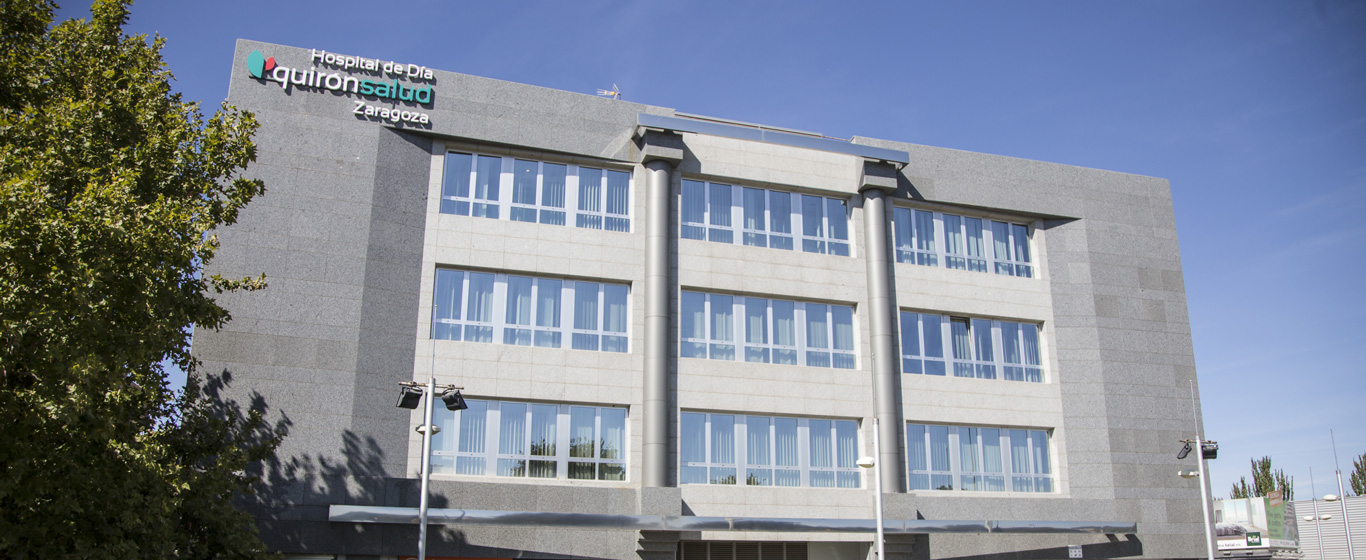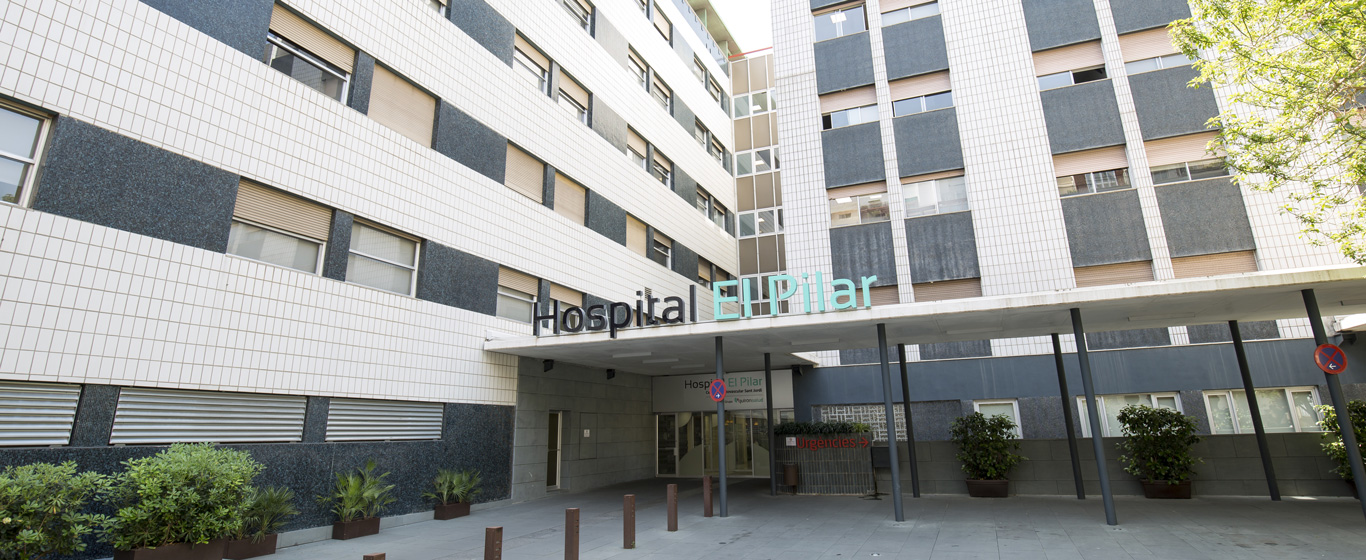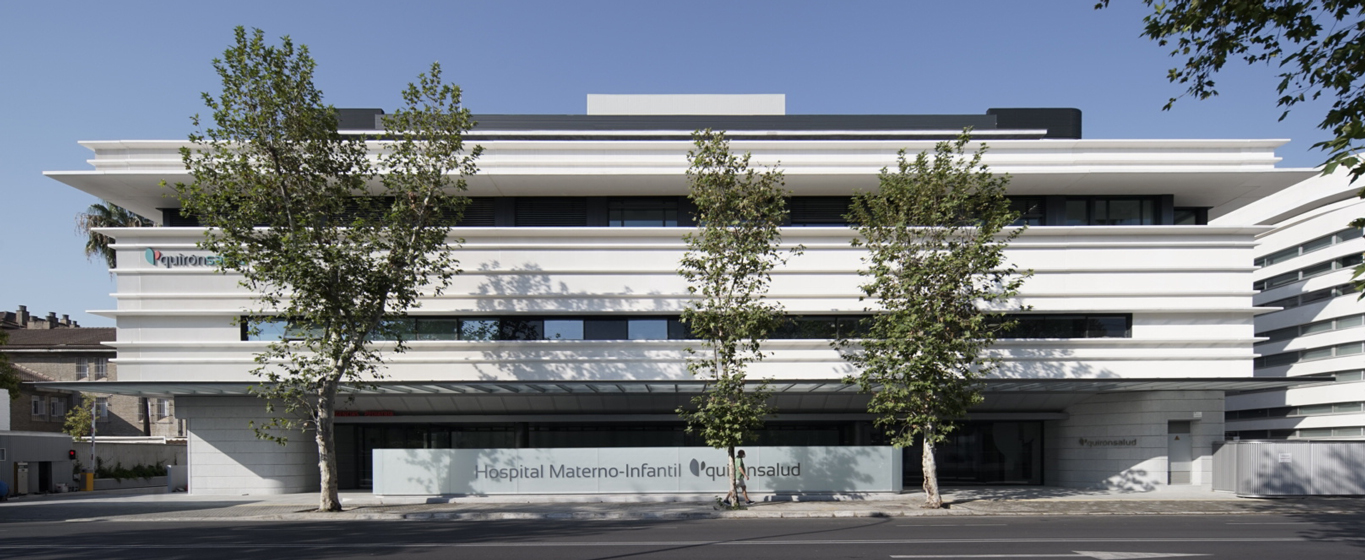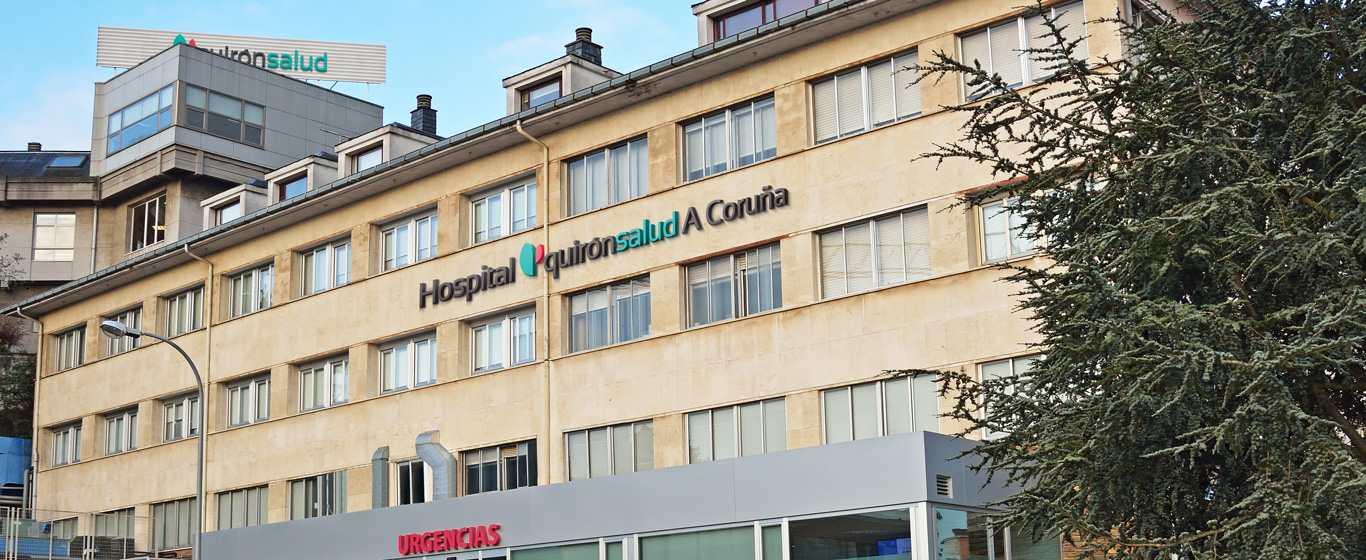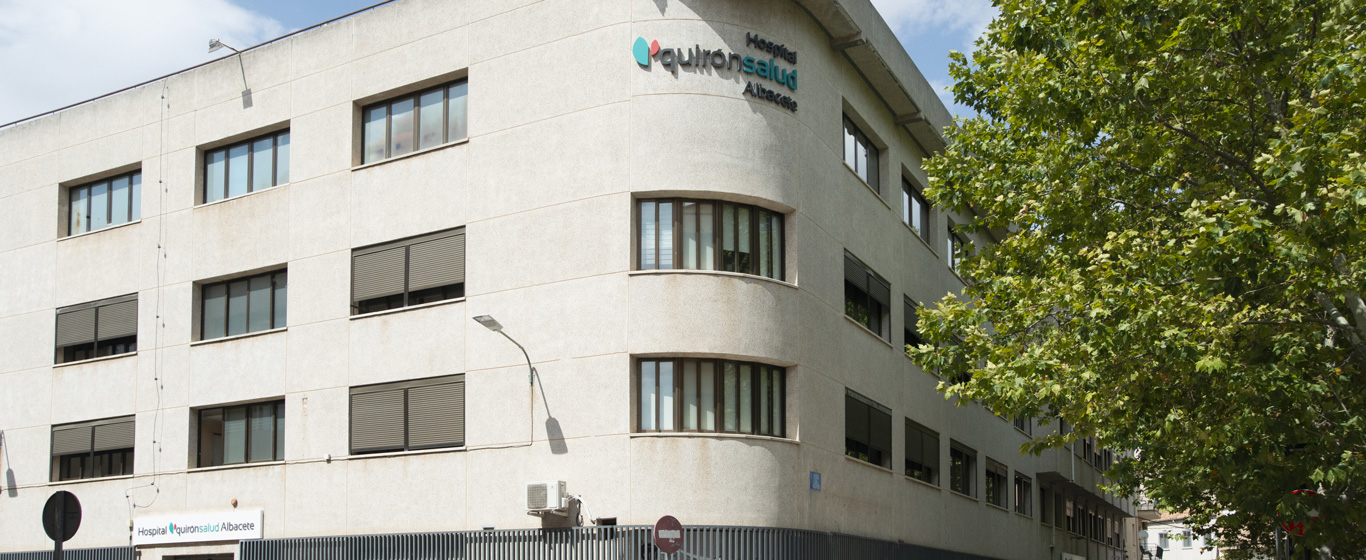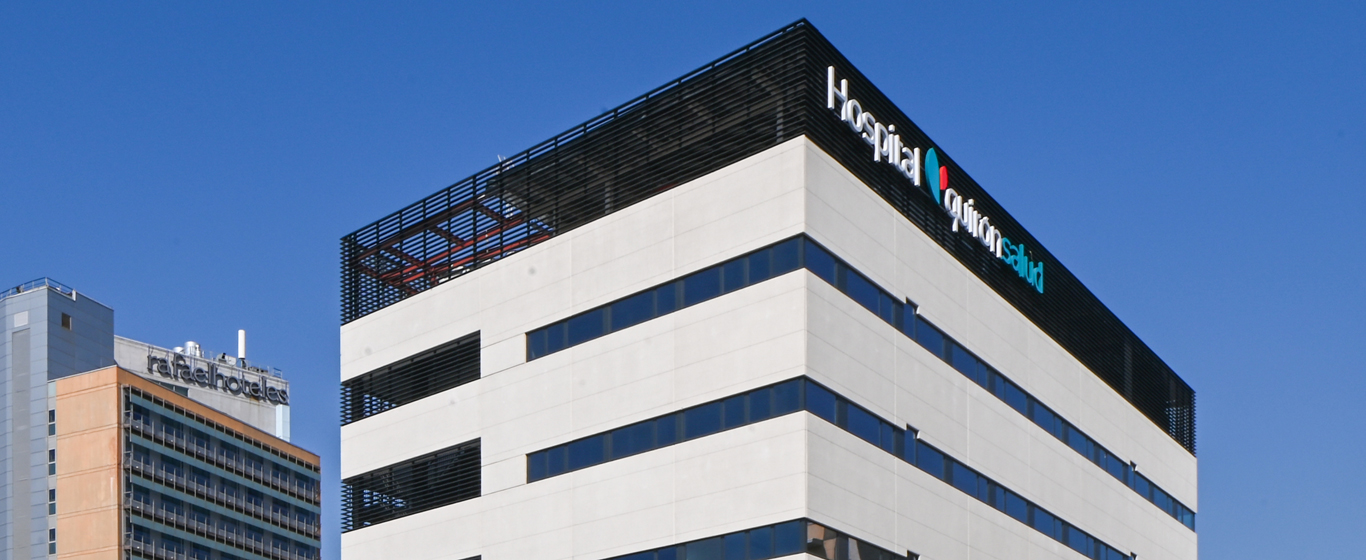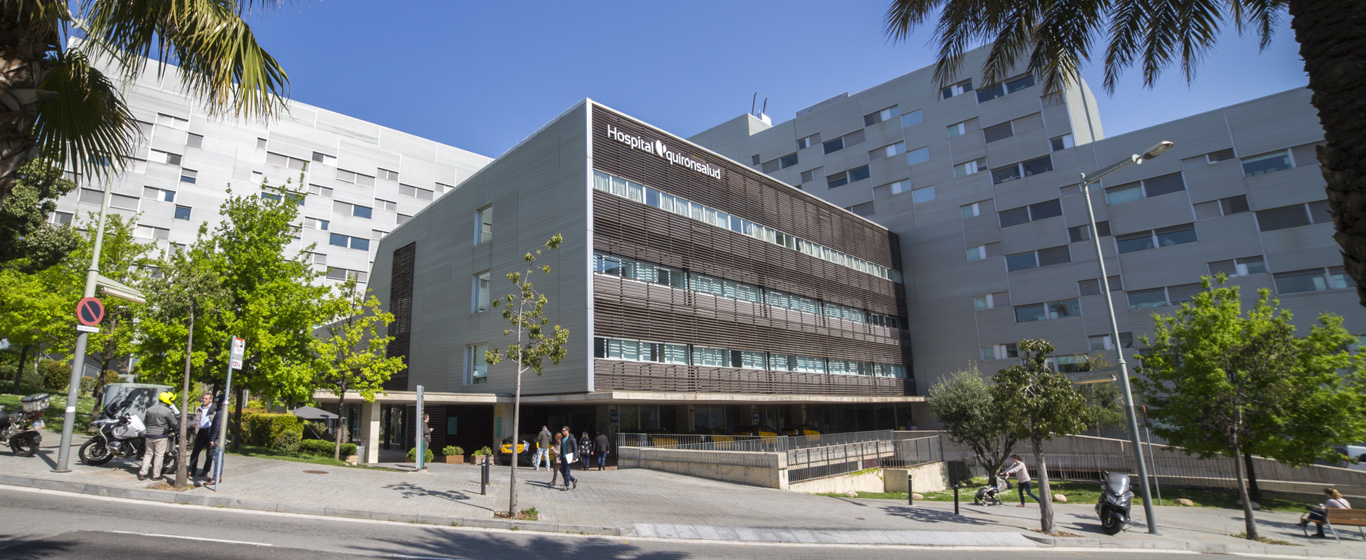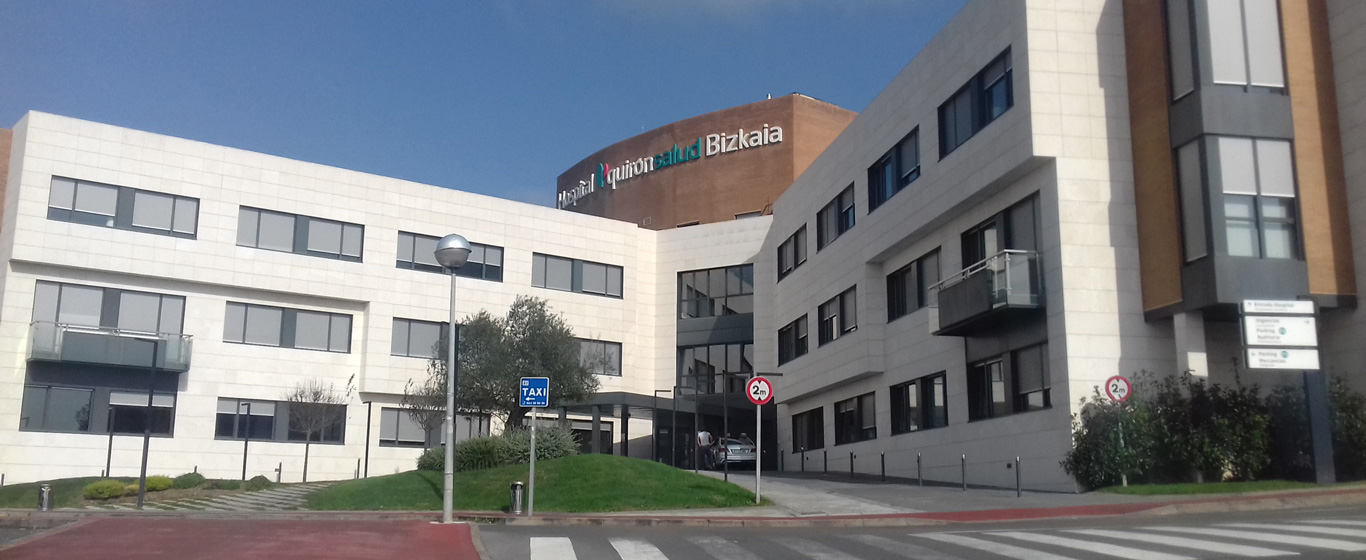Plastic, aesthetic and reconstructive surgery
We provide you with information about the speciality of plastic, aesthetic and reconstructive surgery. Find out what each area studies, what are the main techniques applied, what types of procedures are performed and what a plastic surgery consultation involves. Book your appointment at one of our hospitals.
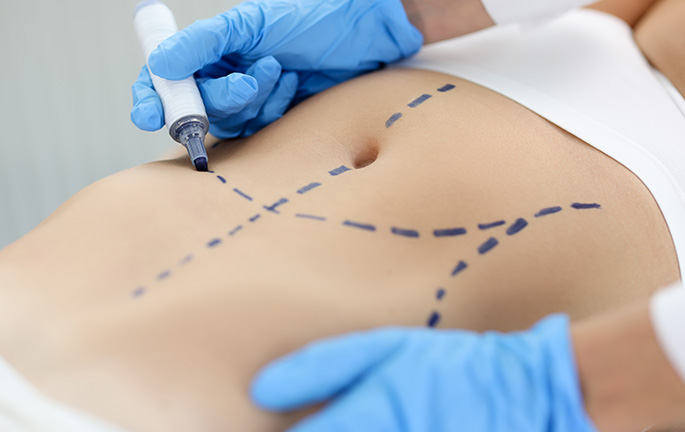
What is plastic, aesthetic and reconstructive surgery?
Always in collaboration with other medical specialists, plastic, aesthetic and reconstructive surgery changes the appearance of the patient’s body and positively influences their emotional state and wellbeing.
This speciality performs surgical procedures to help certain areas of the body to regain lost functionality or shape or to improve aesthetically at the patient’s request.
What does plastic, aesthetic and reconstructive surgery study?
Plastic, aesthetic and reconstructive surgery focuses on the pursuit of improved appearance. This purpose can be motivated by two main reasons, which is why the speciality is divided into two different areas, each involving different types of operations:
- Reconstructive plastic surgery: this surgery restores function and shape to areas of the body that have been lost due to disease, trauma, injury, surgery or infection. These include breast reconstruction after mastectomy, treatment of tissue affected by burns, repair of facial paralysis or reconstruction of limbs, such as hand surgery.
- Aesthetic surgery: aims to improve the appearance of certain areas of the body with which the patient is dissatisfied. This unit is in turn divided into different subspecialties such as facial surgery, with procedures such as lifts, blepharoplasty and rhinoplasty, and body surgery, most notably, abdominoplasty, breast augmentation and liposculpture.
Which patients is it for?
On the one hand, aesthetic surgery is aimed at people who want to change a part of their anatomy in order to feel satisfied with the appearance of their body. On the other, plastic and reconstructive surgery treats people who have suffered damage, loss or deformity in a certain area to help them recover their initial state.
Techniques, procedures and diagnostic methods
The procedures we use at Quirónsalud in this speciality have advanced significantly in recent years and allow us to perform minimally invasive surgeries that require less recovery time and thus offer more natural results. Plastic, aesthetic and reconstructive surgery involves different operations using a wide range of techniques. The most common include:
- Blepharoplasty: surgery to remove excess skin that accumulates on the eyelids and the bags that form under the eyes over time.
- Rhinoplasty: surgery used to modify the size or shape of the nose, to correct congenital problems or to eliminate breathing difficulties.
- Breast augmentation: surgical procedure that increases the volume of the breast by using prosthetic implants and, in selected cases, by using the patient’s own body fat.
- Mastopexy or breast lift: surgery that, with or without prostheses, lifts and restores the shape of the breast which has been lost due to the passage of time, changes in weight, pregnancy and breastfeeding
- Abdominoplasty: an operation aimed at reducing the size of the stomach and strengthening the muscles of the abdominal wall.
- Liposuction: surgical treatment to remove fat accumulated in certain areas of the body and subsequent reshaping.
- Breast reconstruction: surgery to restore the shape of the breast after its removal due to a tumour.
- Debridement: a technique that removes the part of the skin affected by burns without damaging structures that are not damaged, such as nerves or tendons.
Diseases and symptoms
Main pathologies and diseases
Some of the most commonly treated pathologies in the speciality of plastic, aesthetic and reconstructive surgery are:
- Cleft lip
- Lymphoedema
- Burns and their sequelae
- Trauma and their sequelae
- Tumours and their sequelae
- Breast cancer and their sequelae
- Sequelae of bariatric surgery
- Sequelae of massive weight loss
- Chronic ulcers and wounds
- Facial paralysis
- Lipodystrophies
- Gonarthrosis/Arthrosis
- Telangiectasias/Vascular spider veins
Related symptoms
The most common symptoms in a plastic surgery consultation are:
- Blisters
- Swelling
- Reddening of the skin
- Weight gain
- Weight loss
- Skin overgrowth
- Wrinkles and fine lines
- Numbness
- Breast removal
- Lack of facial mobility
- Droopy eyelid/Vision problems
- Deviated nose/Breathing difficulties
About the plastic, aesthetic and reconstructive surgery consultation
We solve any doubts you may have before you see the specialist
On your first visit to the Surgeon, our professionals will take a complete medical and family history. In the case of plastic, aesthetic and reconstructive surgery, conversations with the specialist take longer in order to analyse the reasons each person has for requesting a physical change, what their state of mind is prior to surgery and how the surgery may influence their psycho-emotional sphere.
For this reason, it is common for these patients to receive psychological care in addition to the treatment established by the surgeon.
In aesthetic surgery, the information provided at the consultation will be of vital importance, and realistic expectations regarding the outcome of the surgery must be established. Failing that, unreasonable or unrealistic expectations could lead to an unsatisfactory result and great feelings of frustration.
What should you keep in mind?
There are many different reasons why patients come to this surgery consultation. In most cases, it is the actual patient who makes the appointment to share their concerns about a certain part of their body. Other times, it is another specialist doctor who suggests the consultation, as they consider that the patient is likely to improve their physical or emotional state with plastic surgery techniques.
What should I take to the appointment?
For the appointment to be as fruitful as possible, we recommend that you take notes of any doubts you wish to share with the surgeon, a detailed description of what you expect from the treatment and the reasons why you need the change. Patients who require reconstructive surgery can provide the tests carried out by other specialists and any other previous treatment. Photographs showing the previous physical condition are of great help in these cases.
You may receive a questionnaire a few days before your appointment asking about your medical history, usual medication and other specific questions that will allow us to anticipate certain aspects of your consultation, helping us expedite your treatment and offer you a more personalised care. To do this, we recommend that you download the free Quirónsalud Patient Portal application, which will facilitate communication with your healthcare team.

If you have any further questions, please contact us through the Patient Services telephone number: 900 301 013




